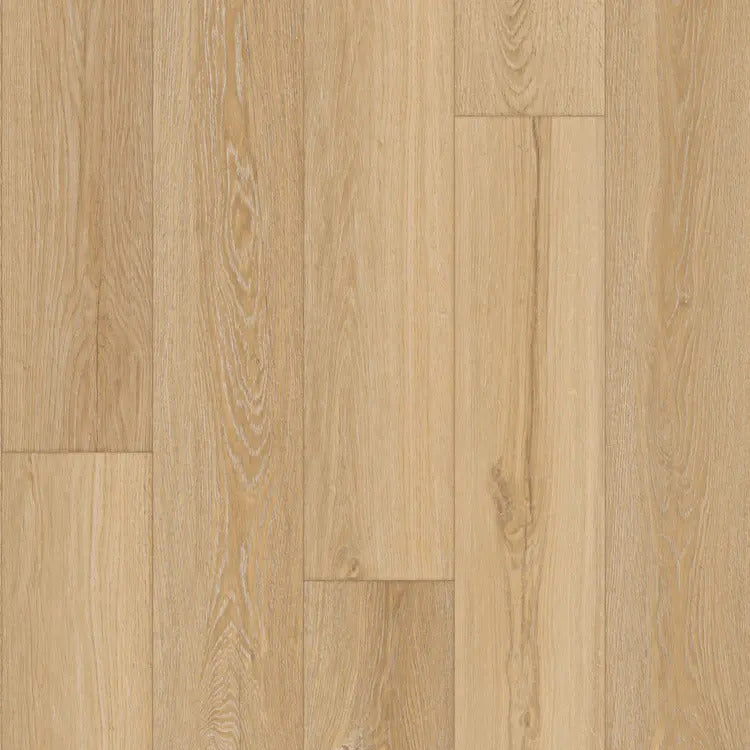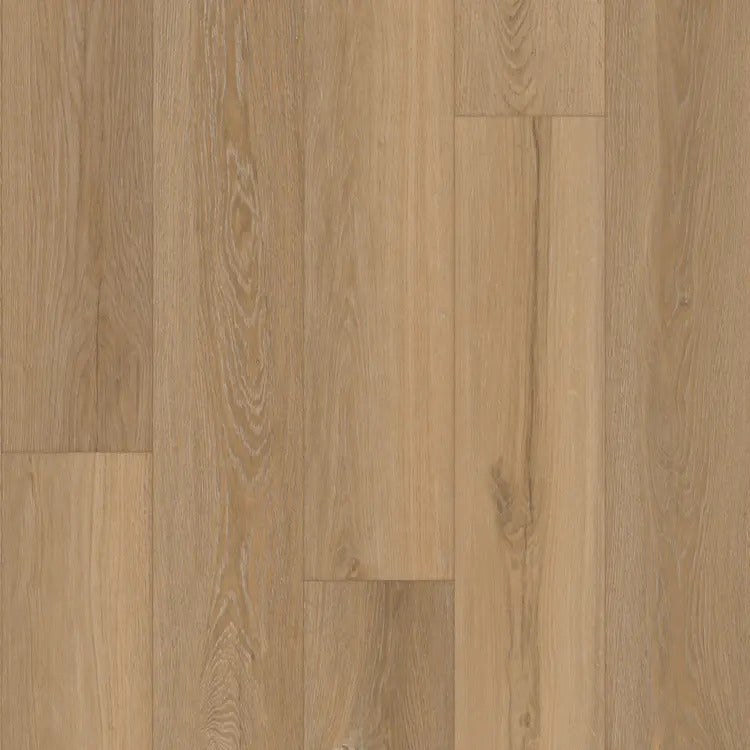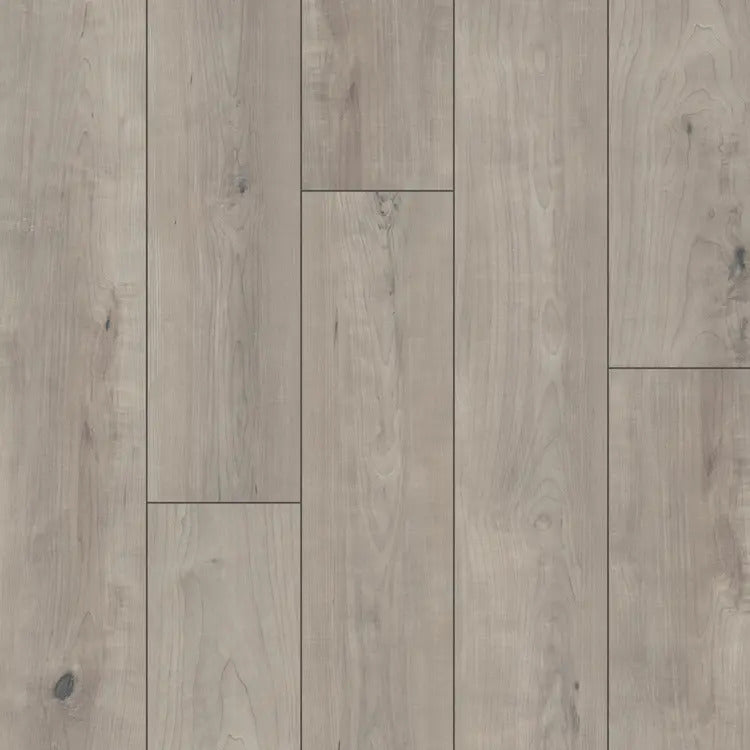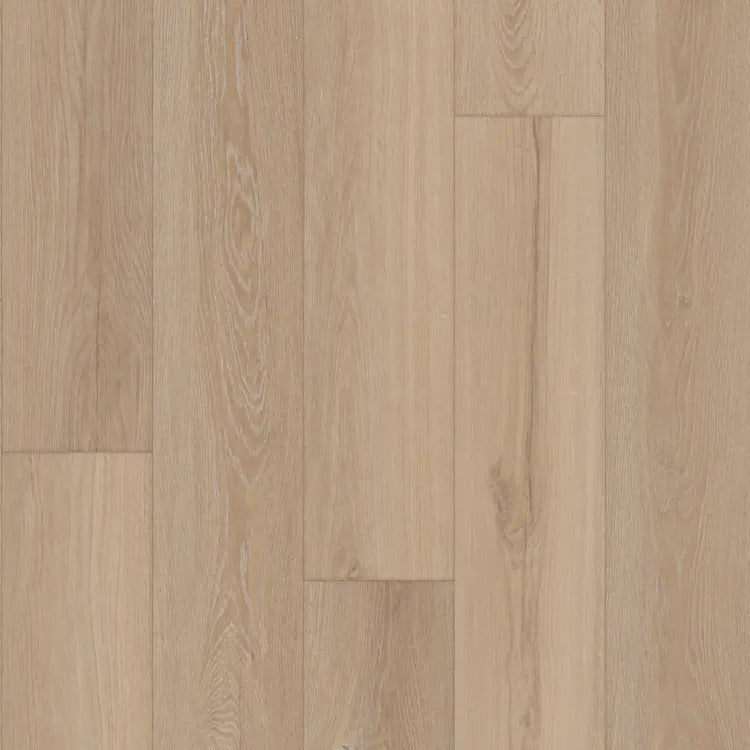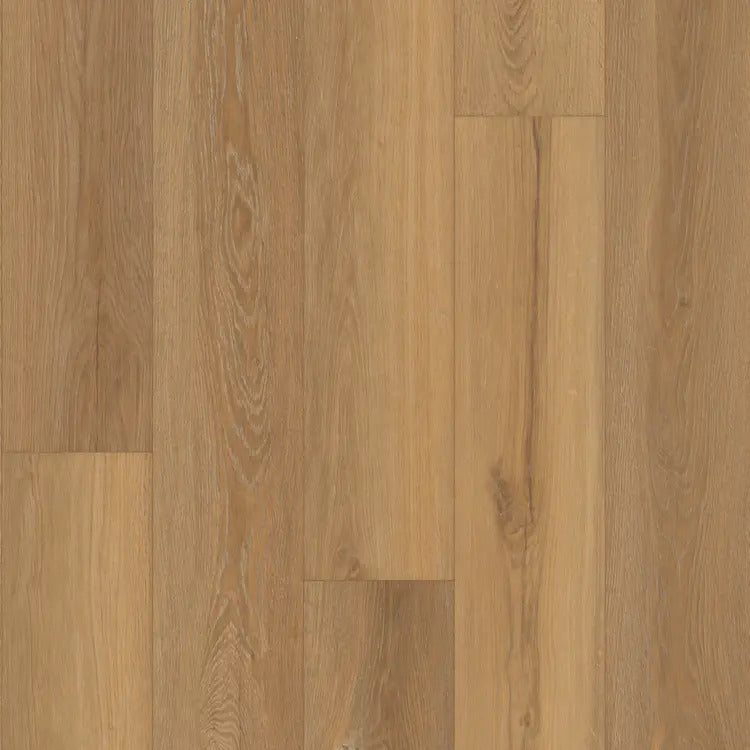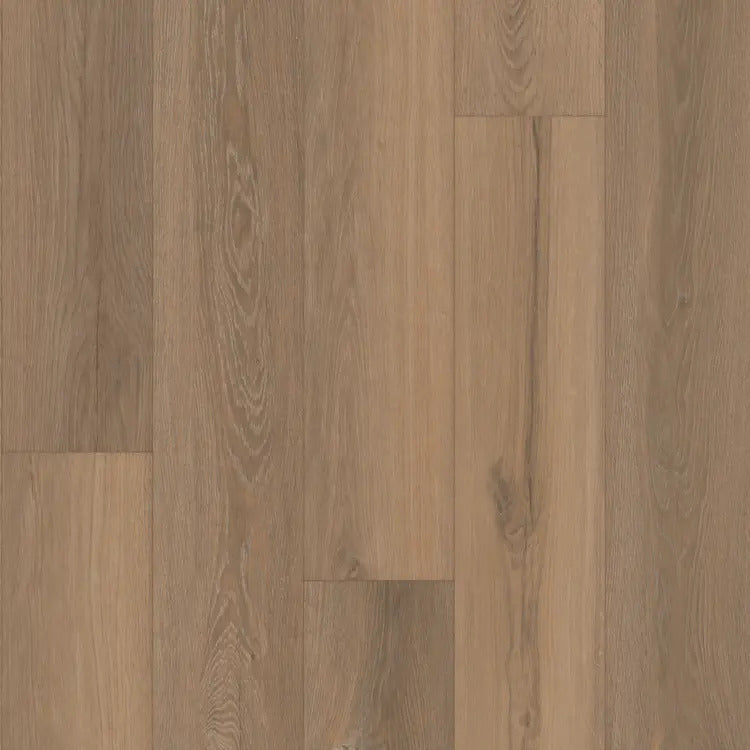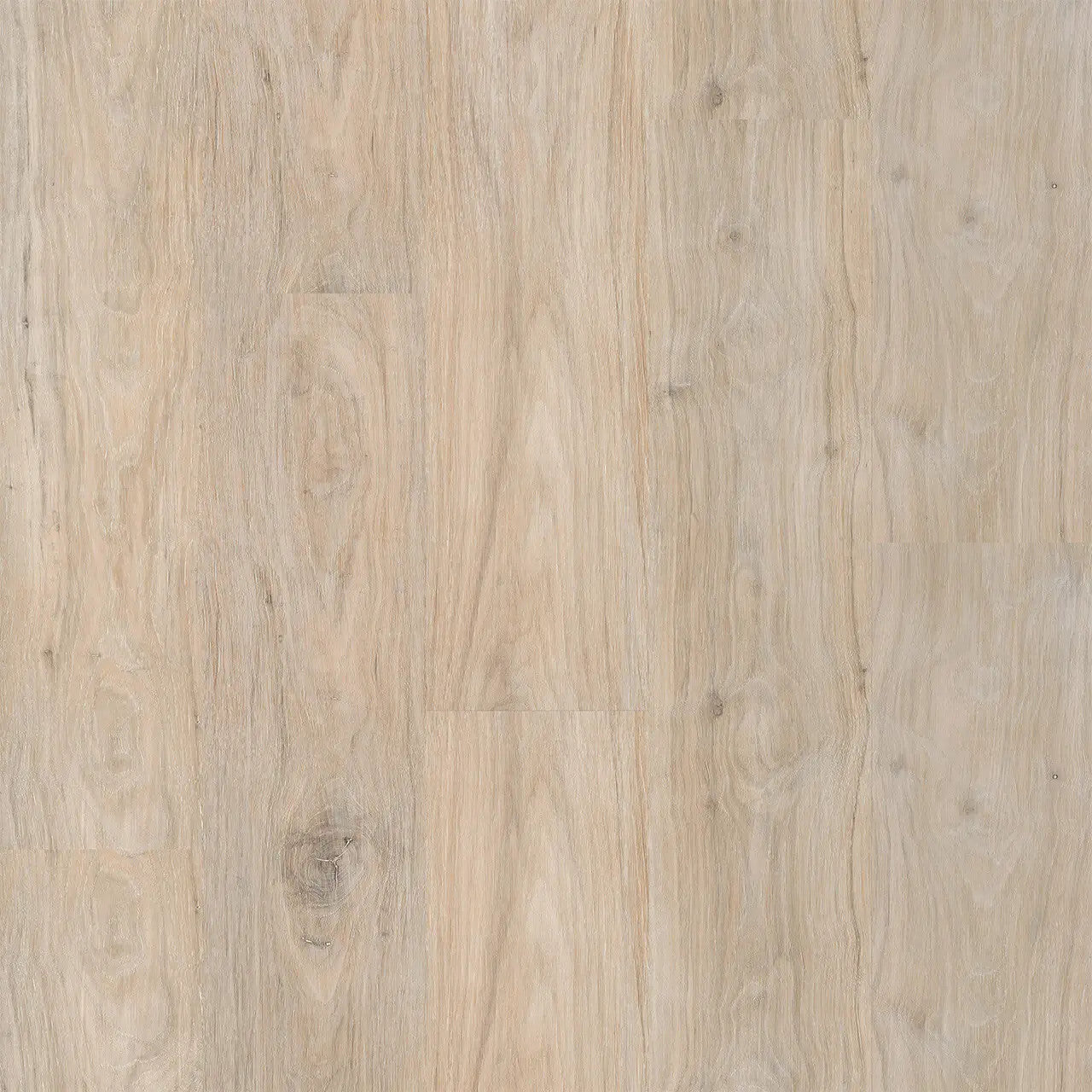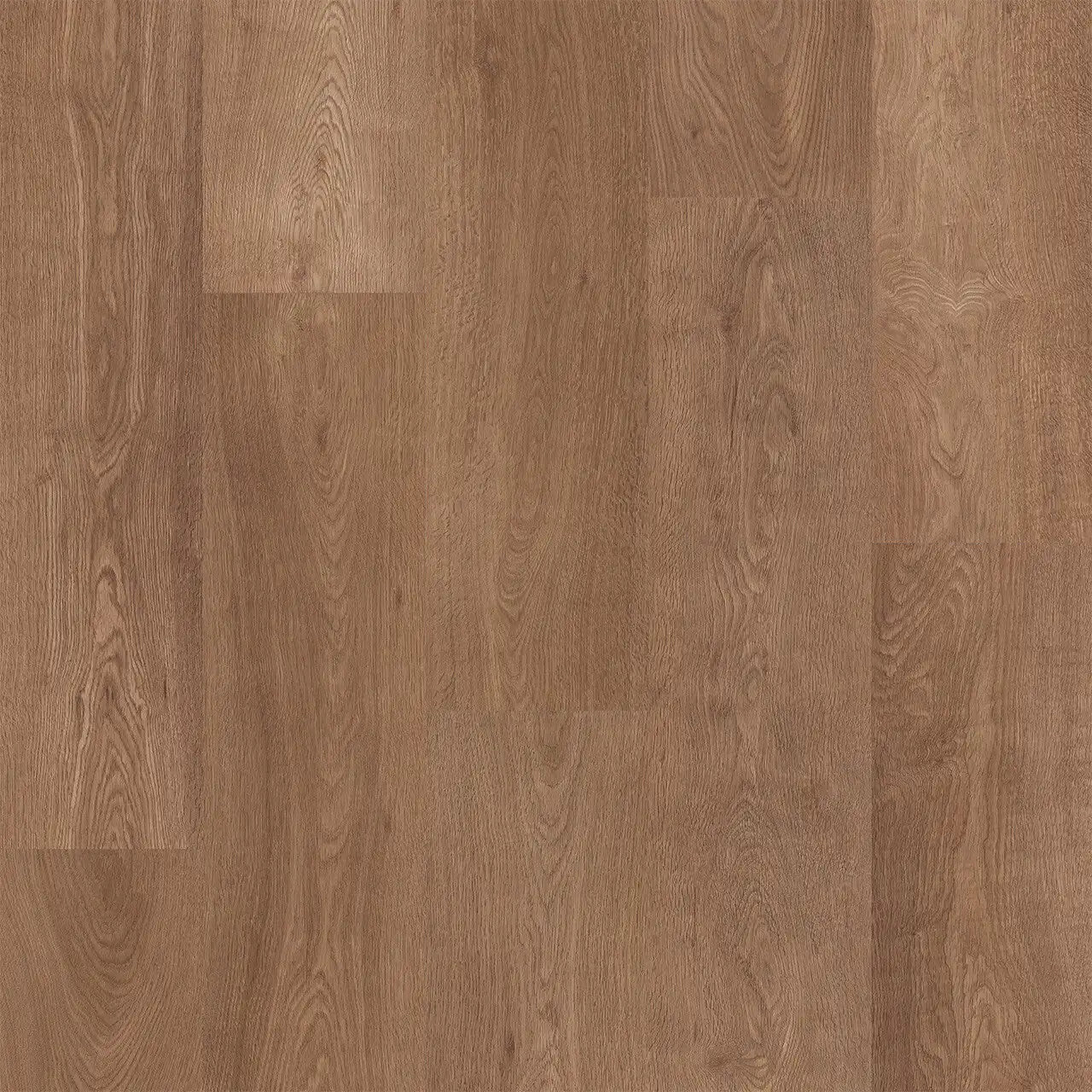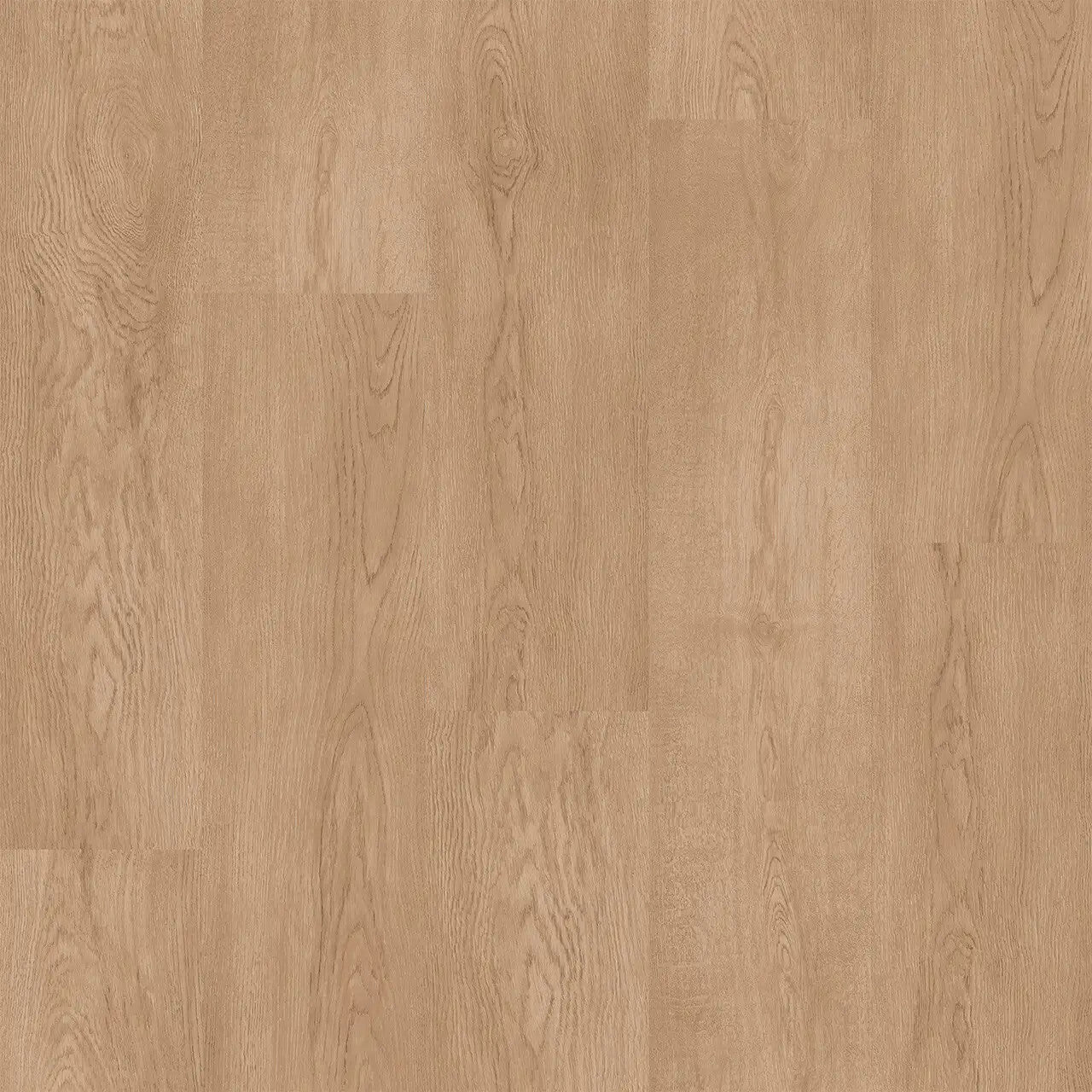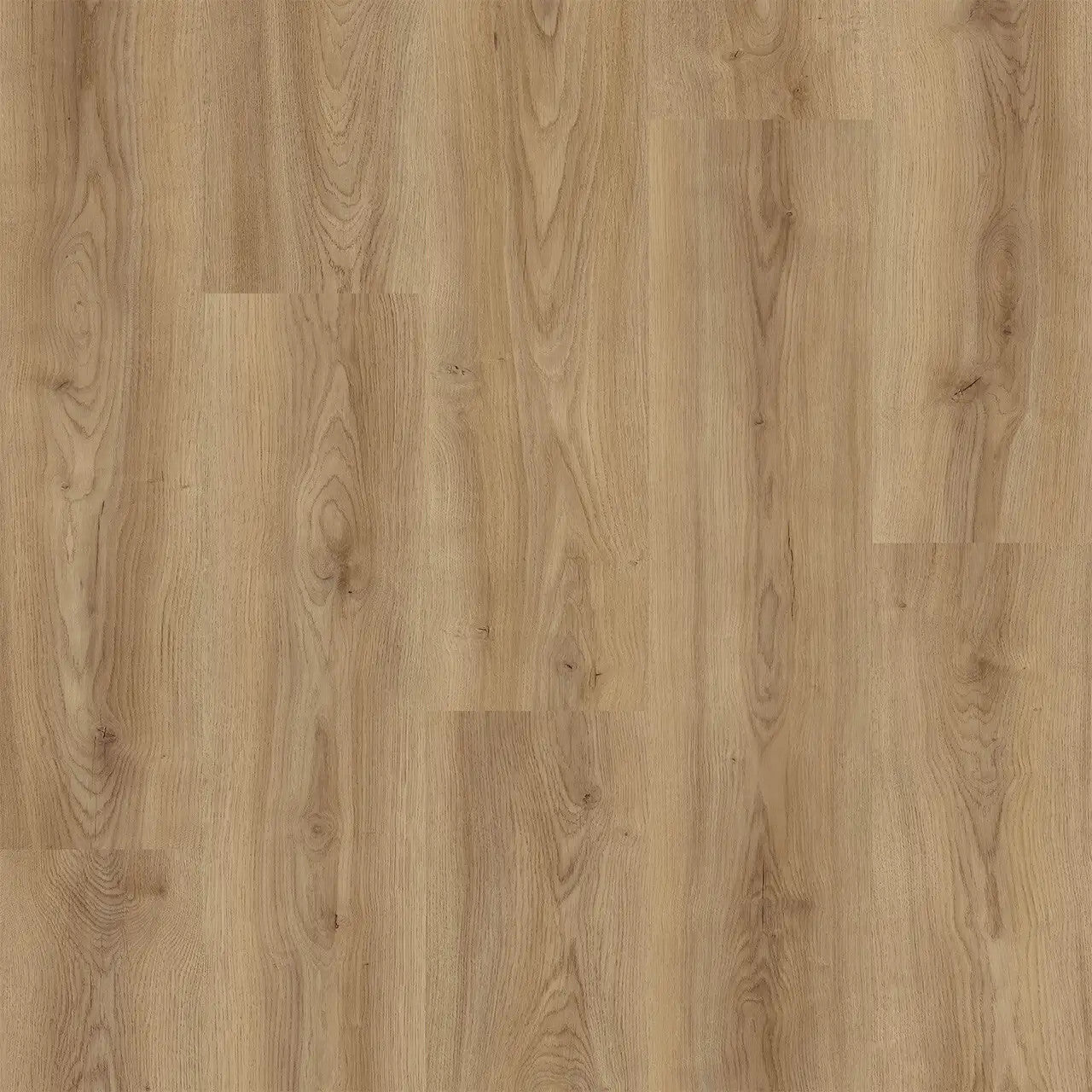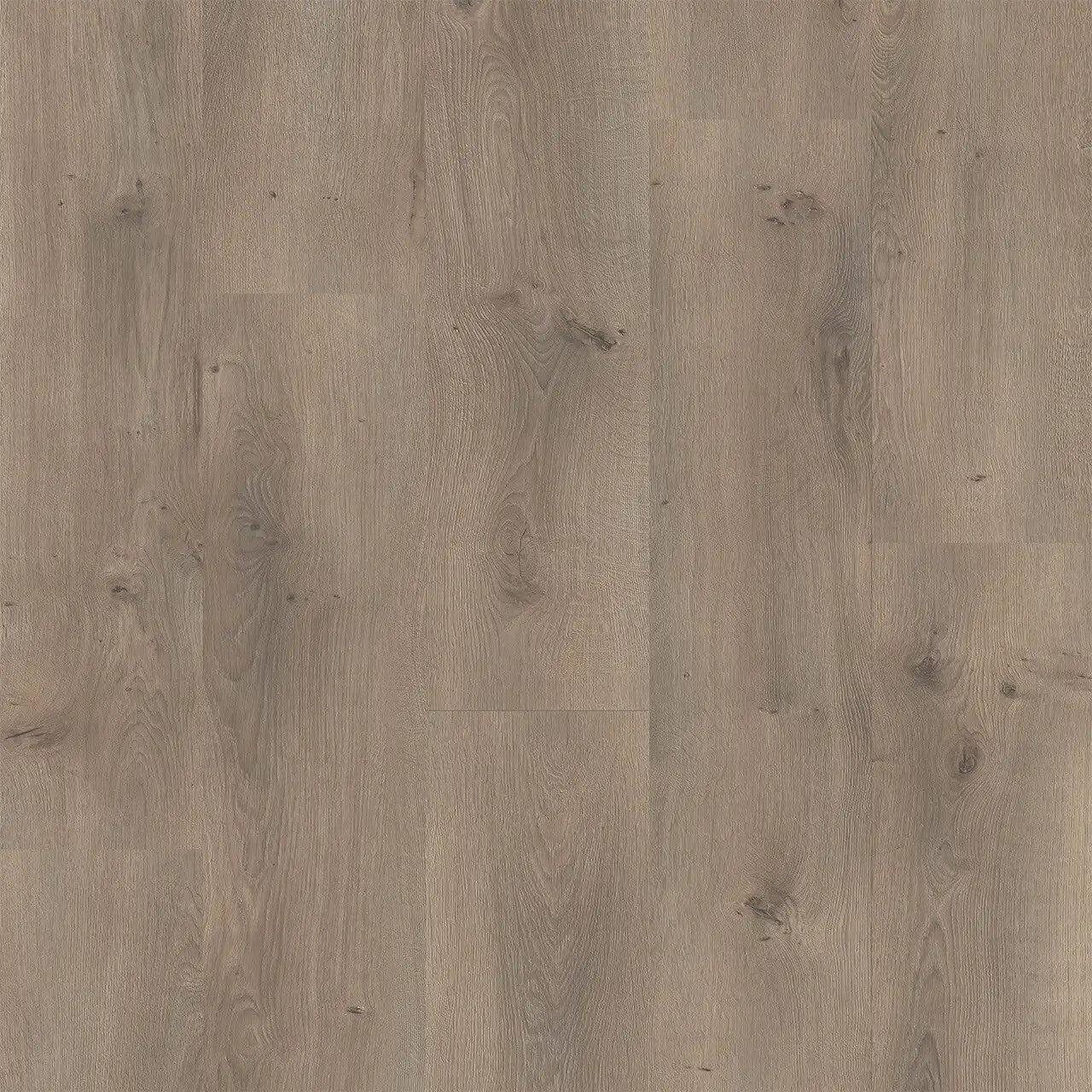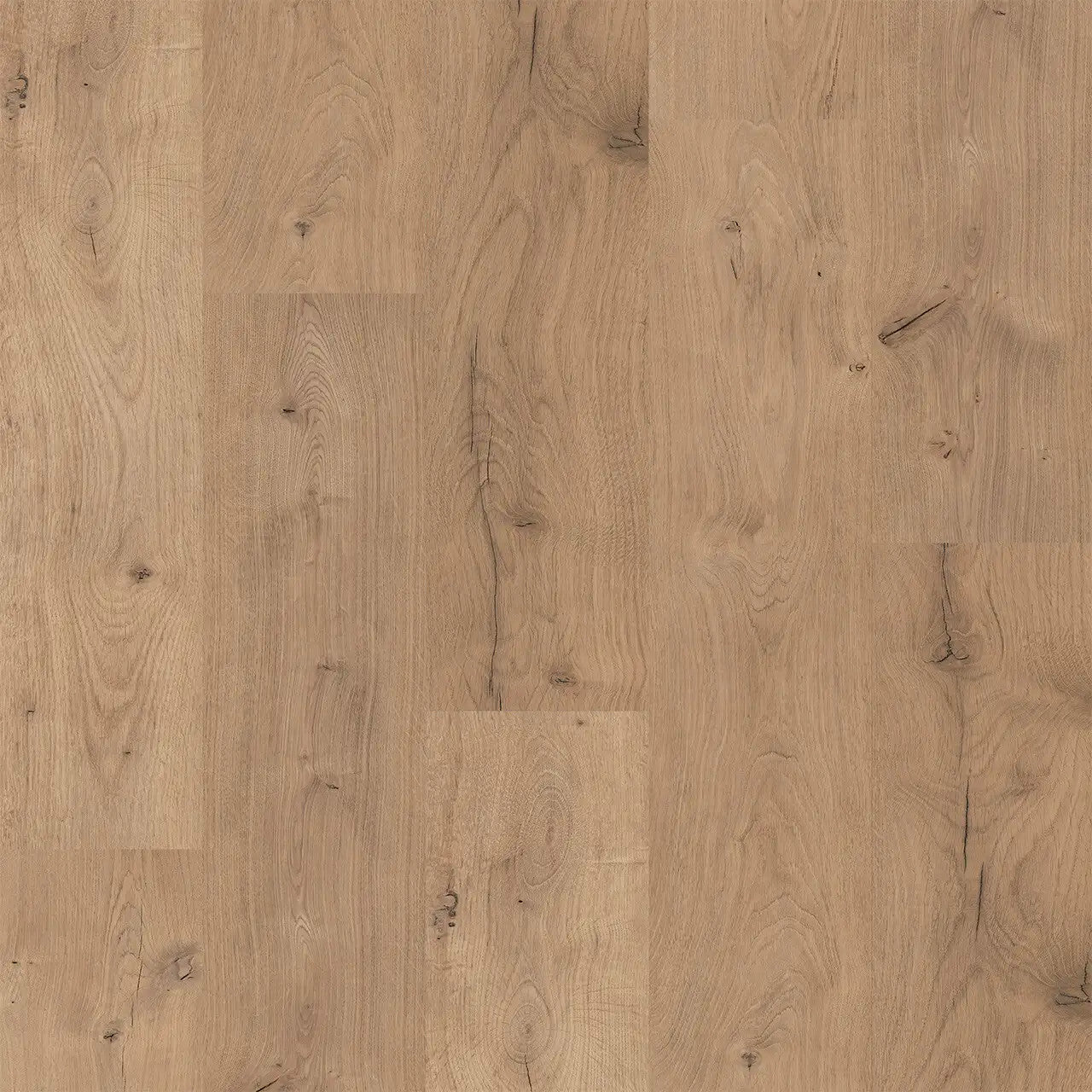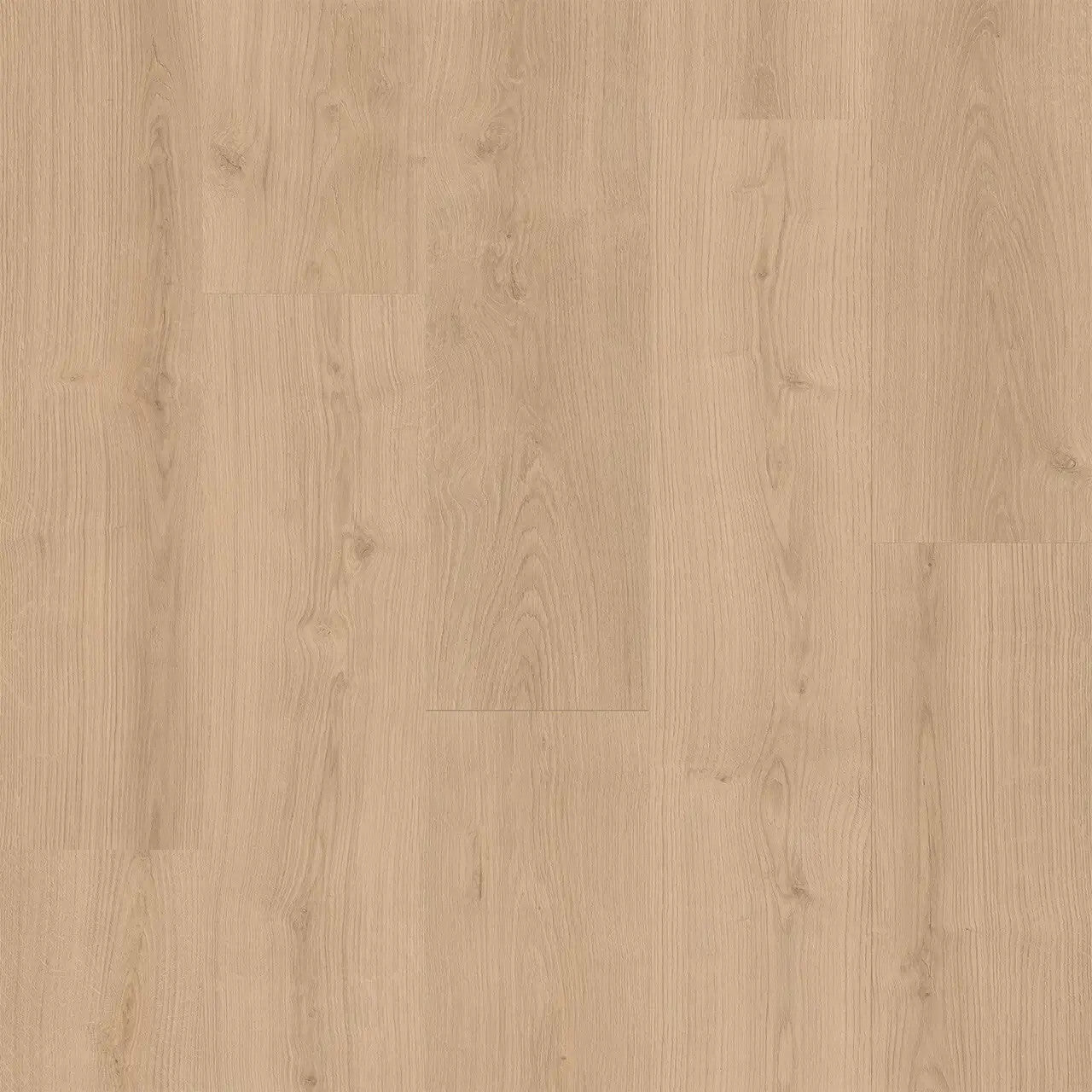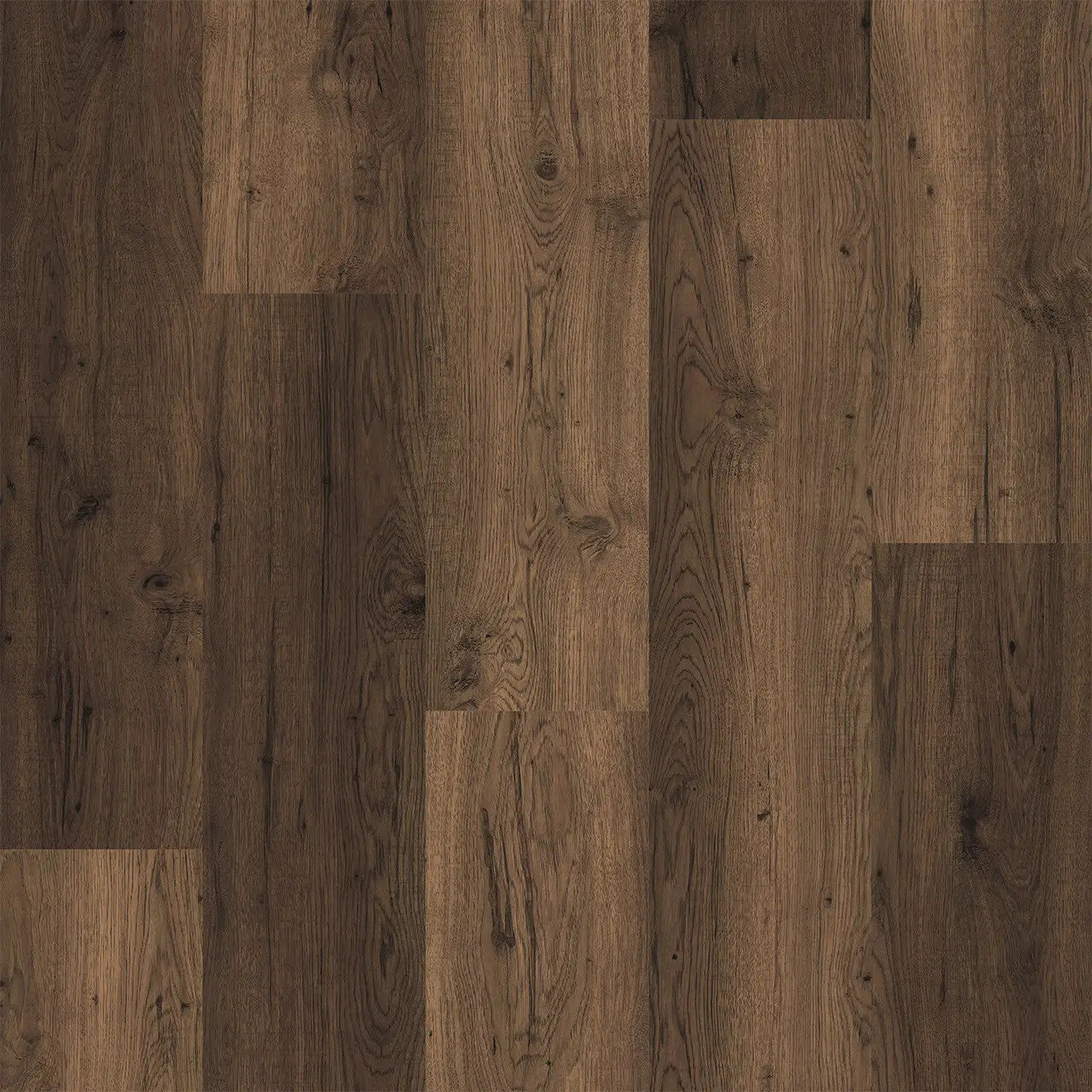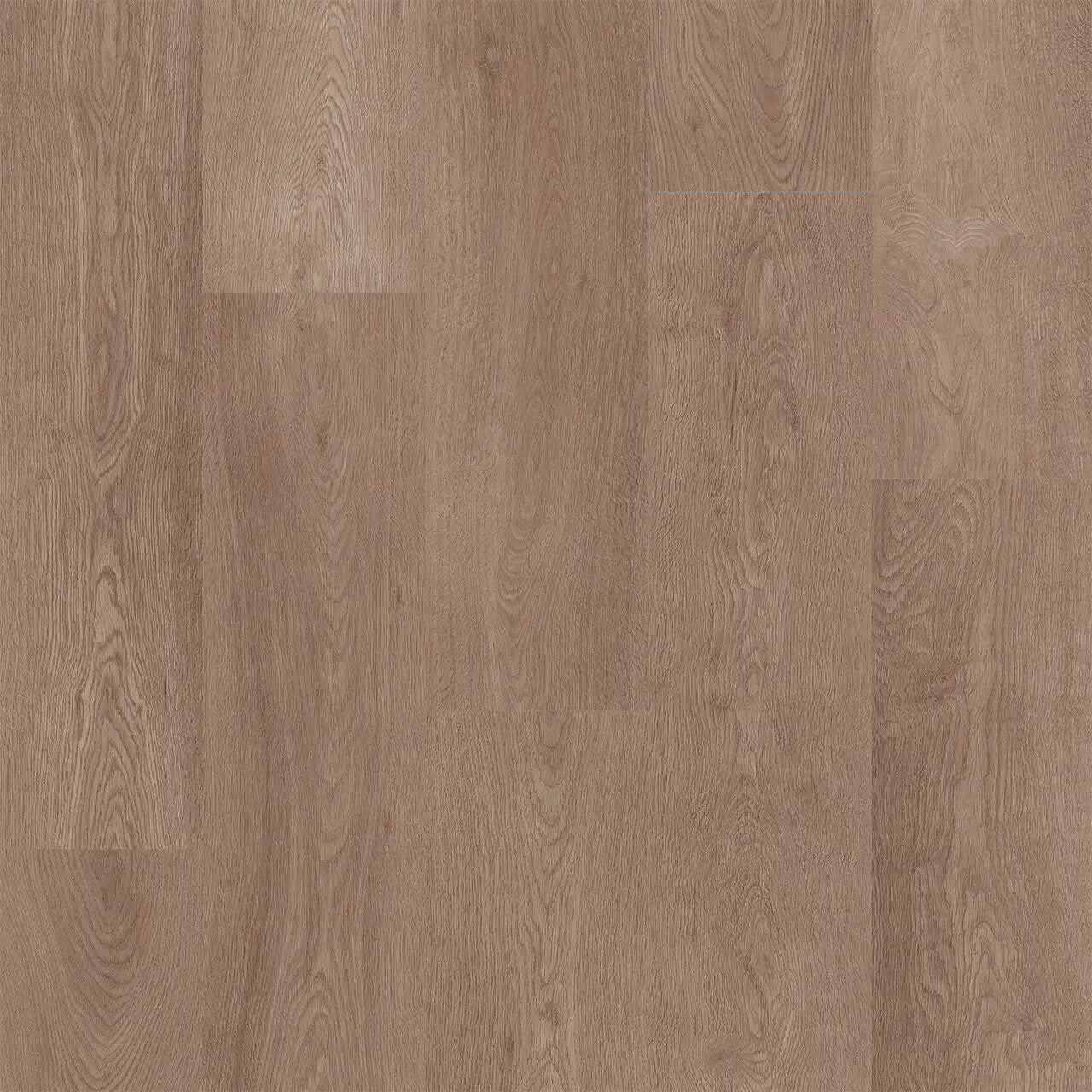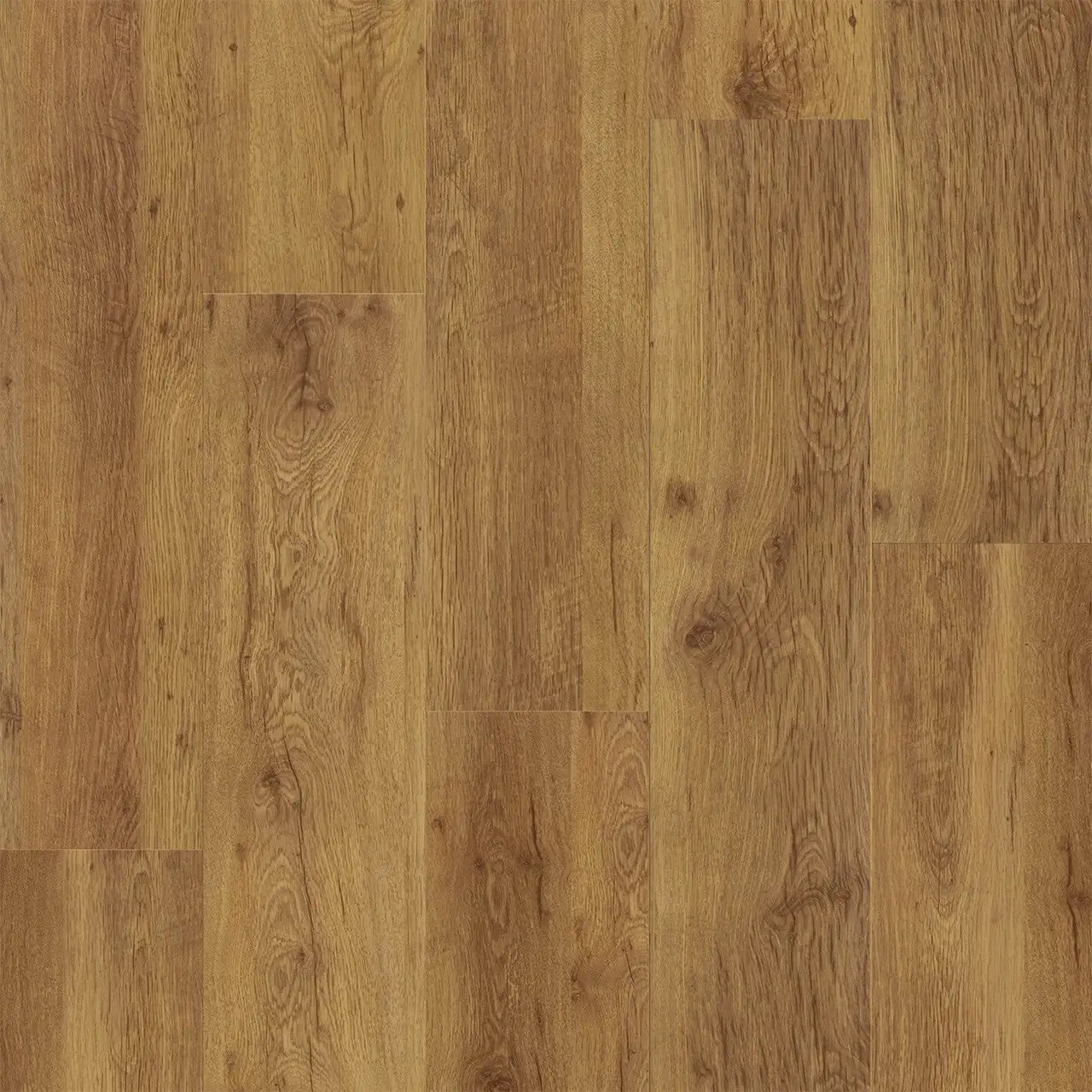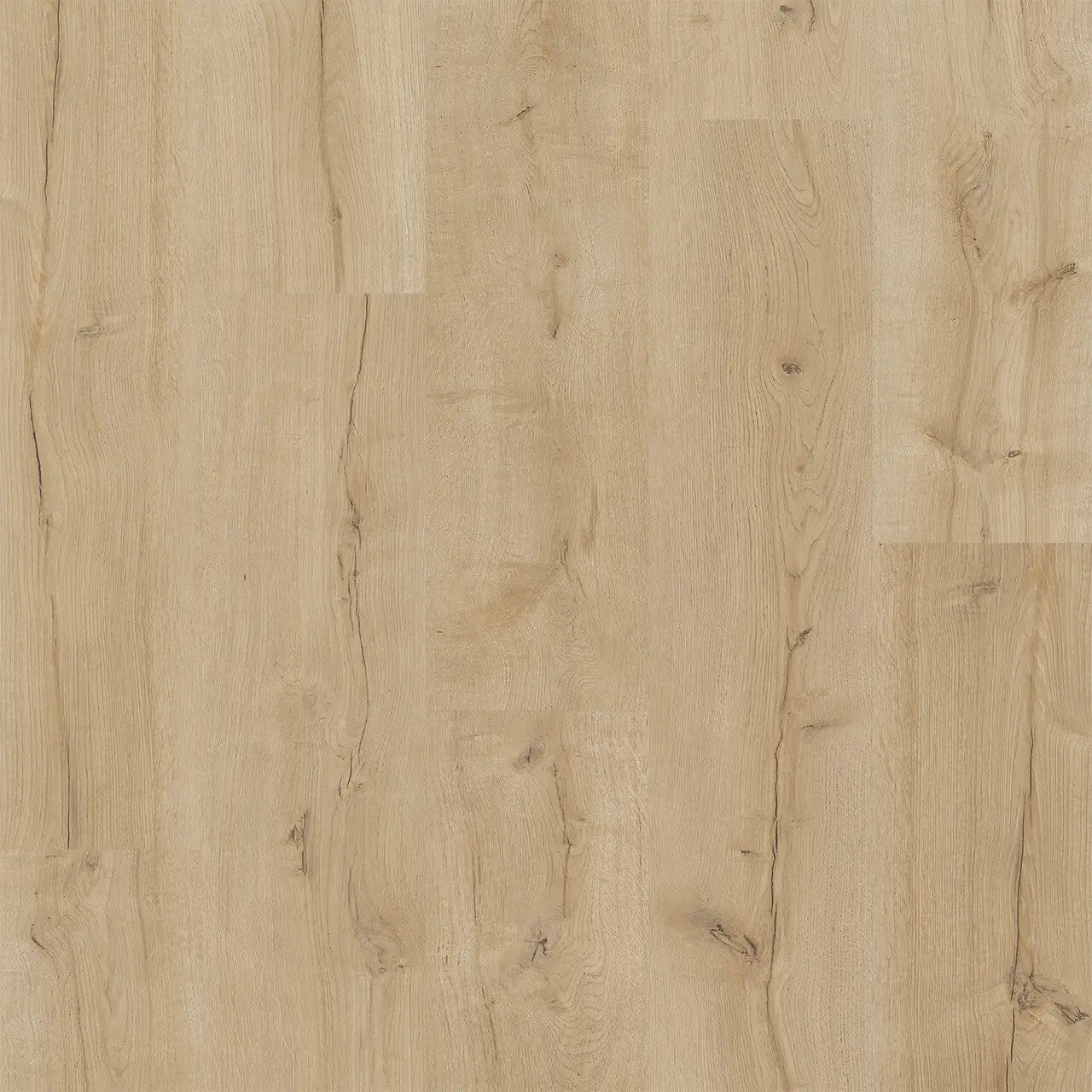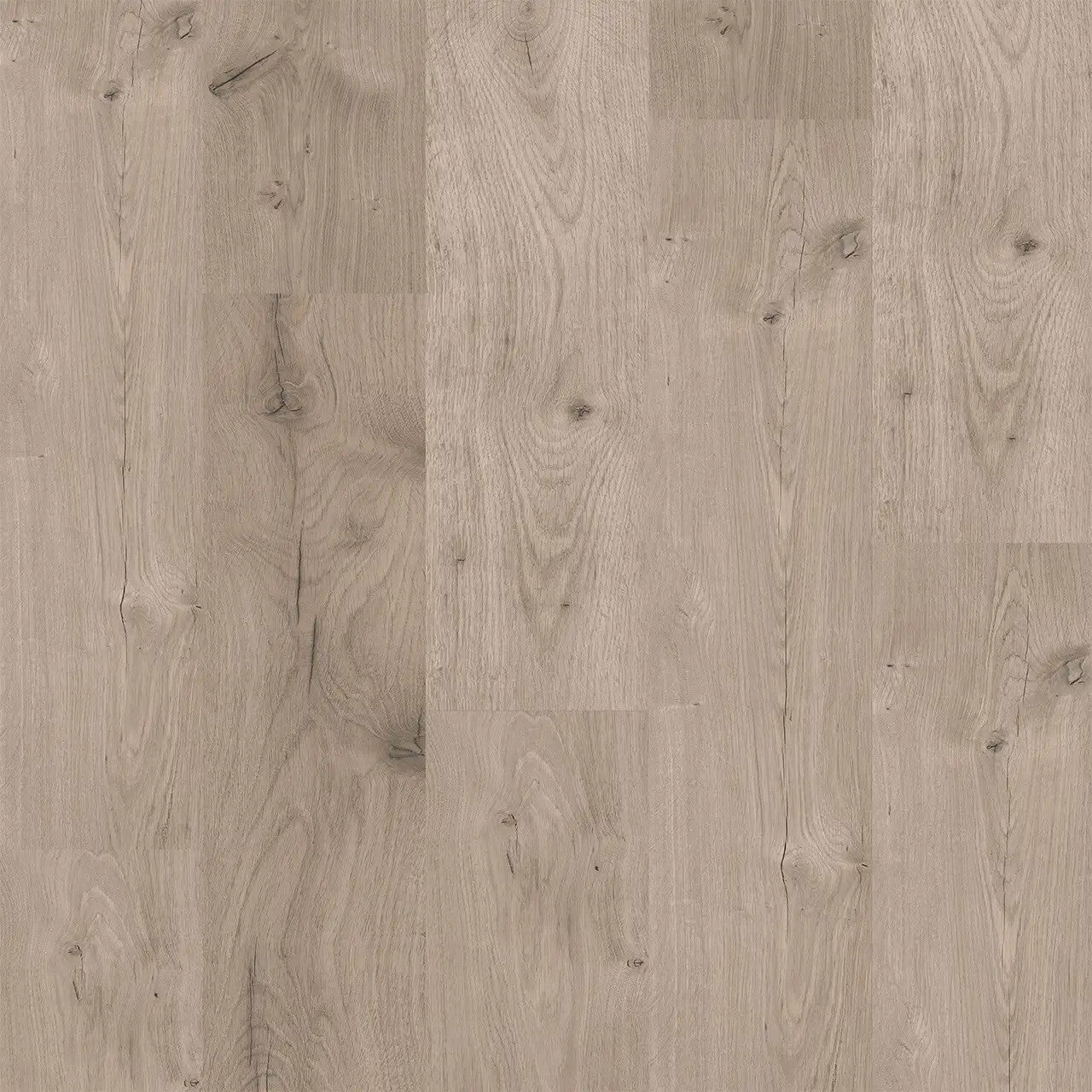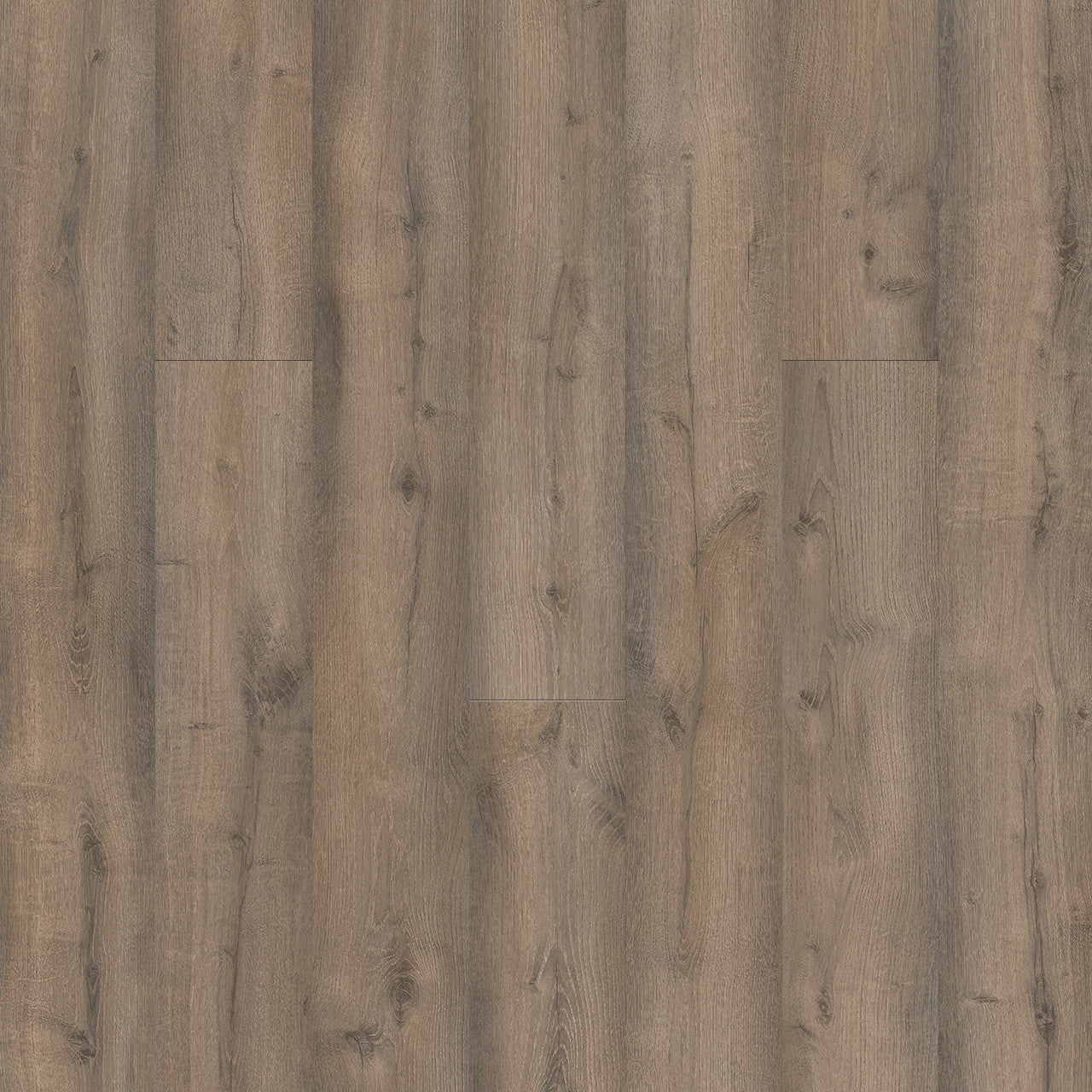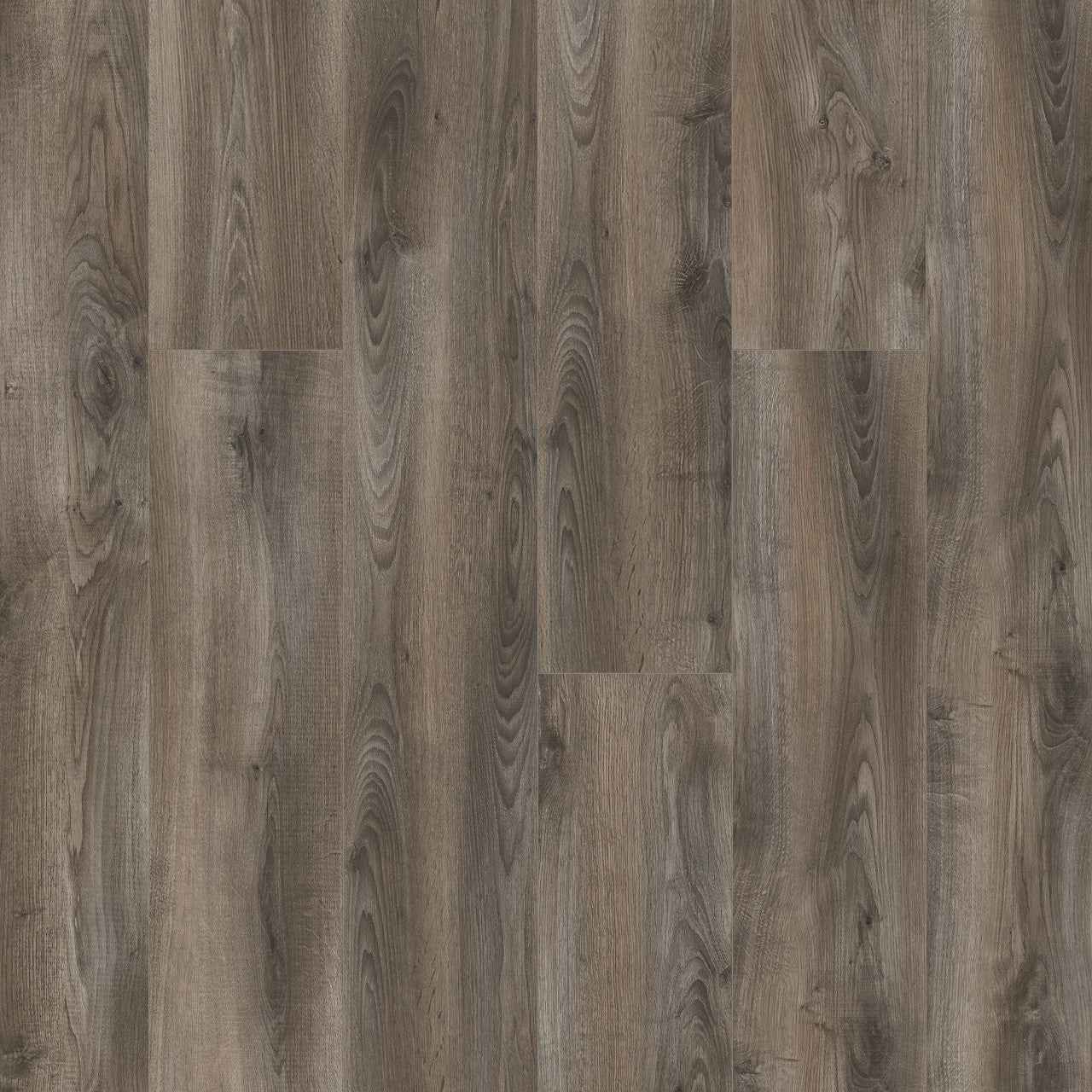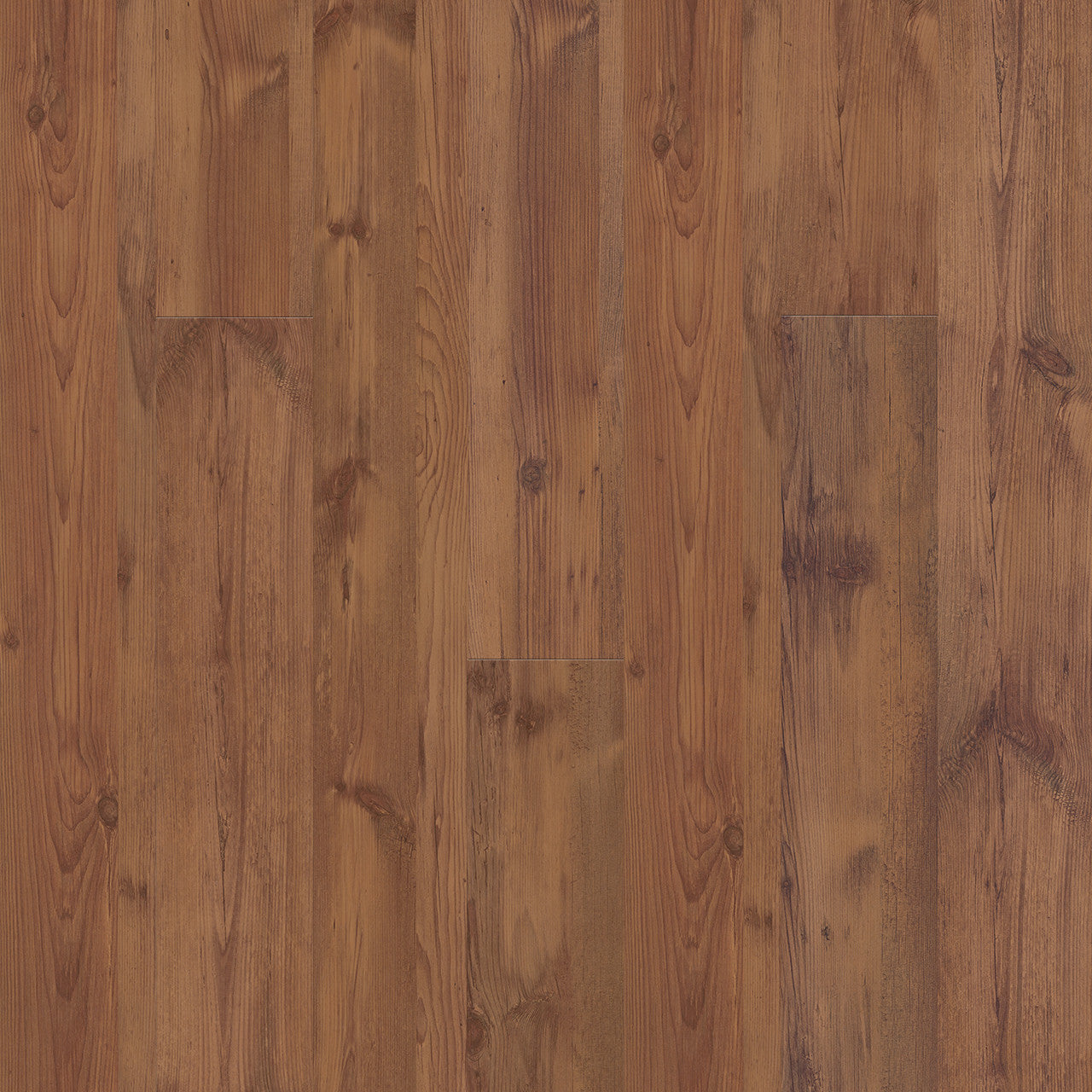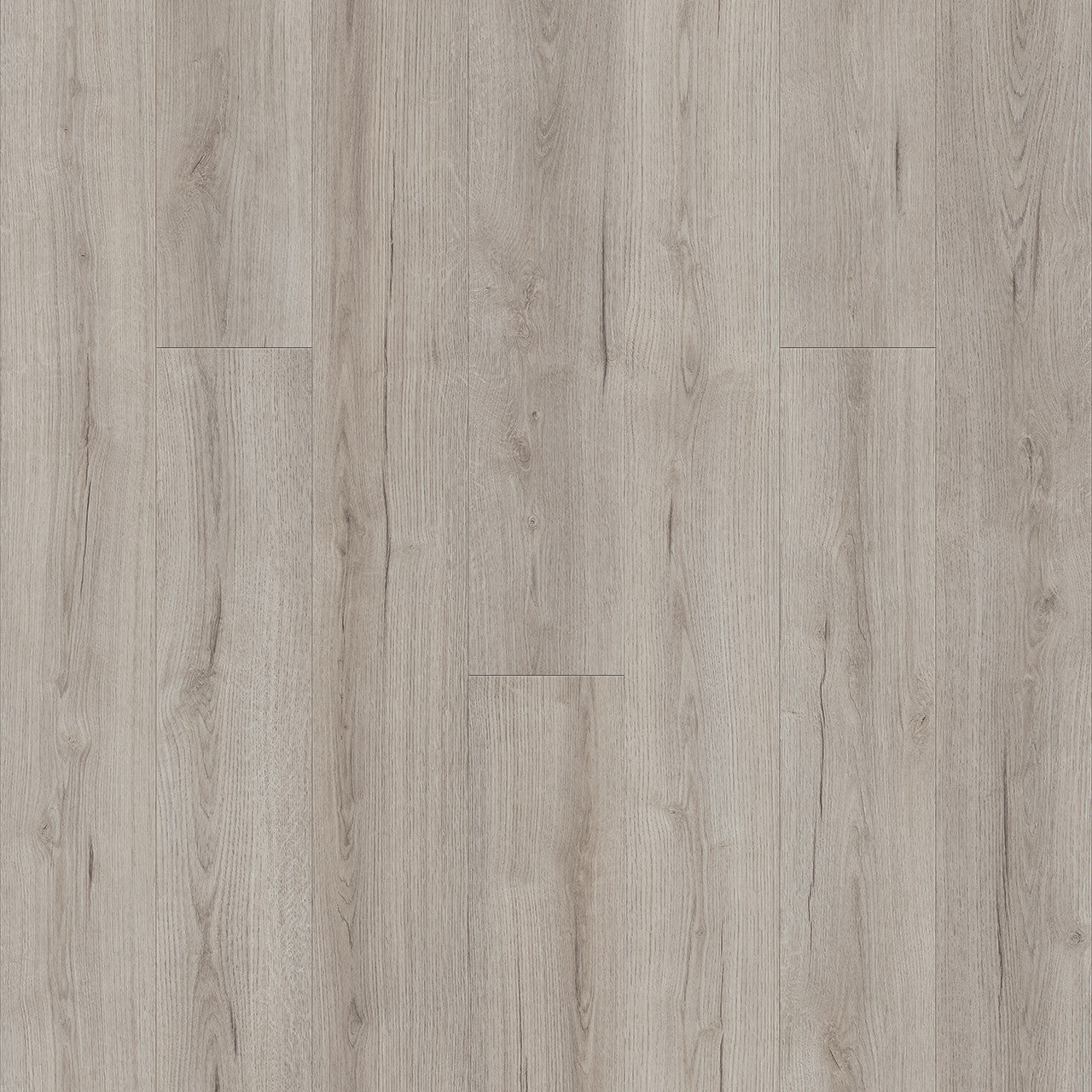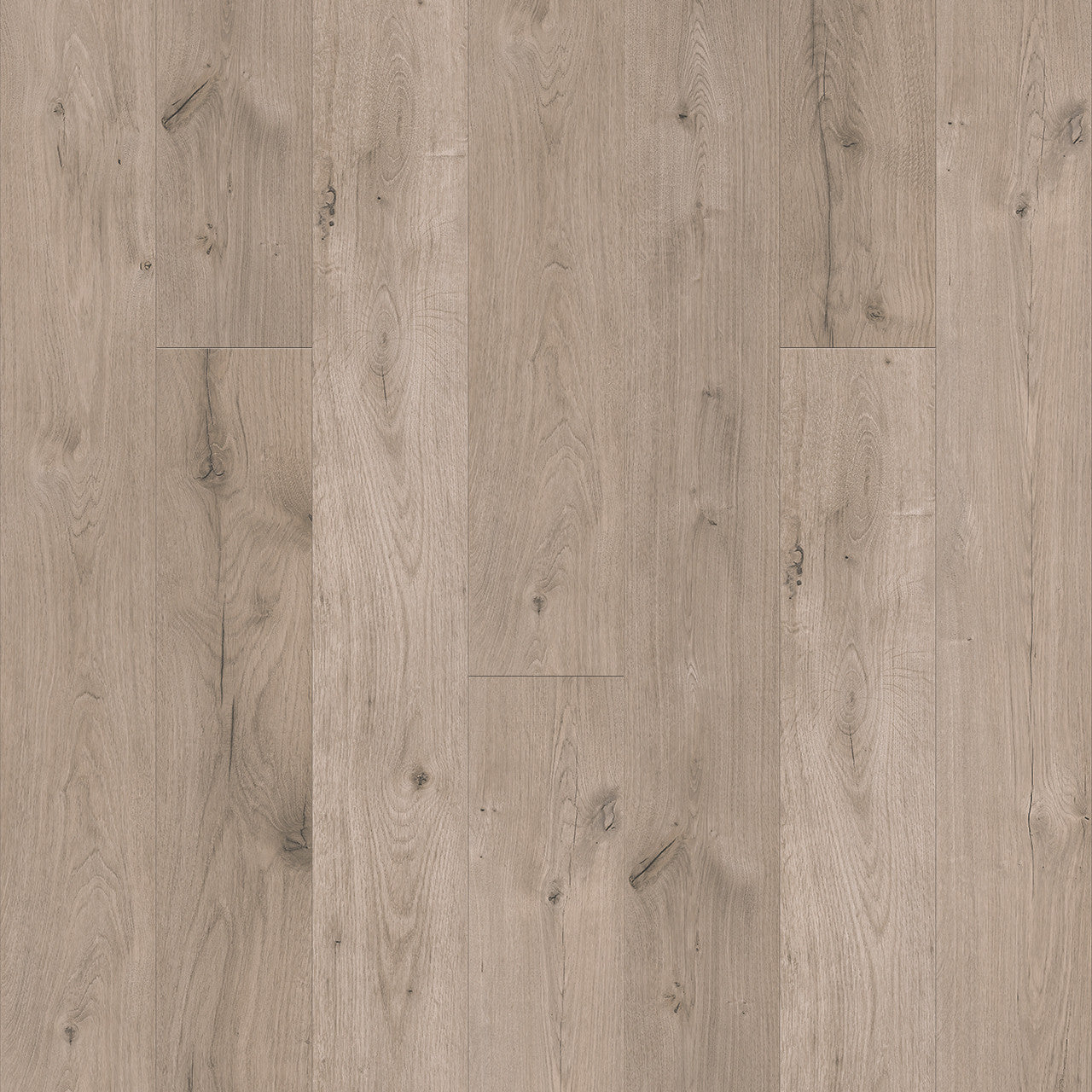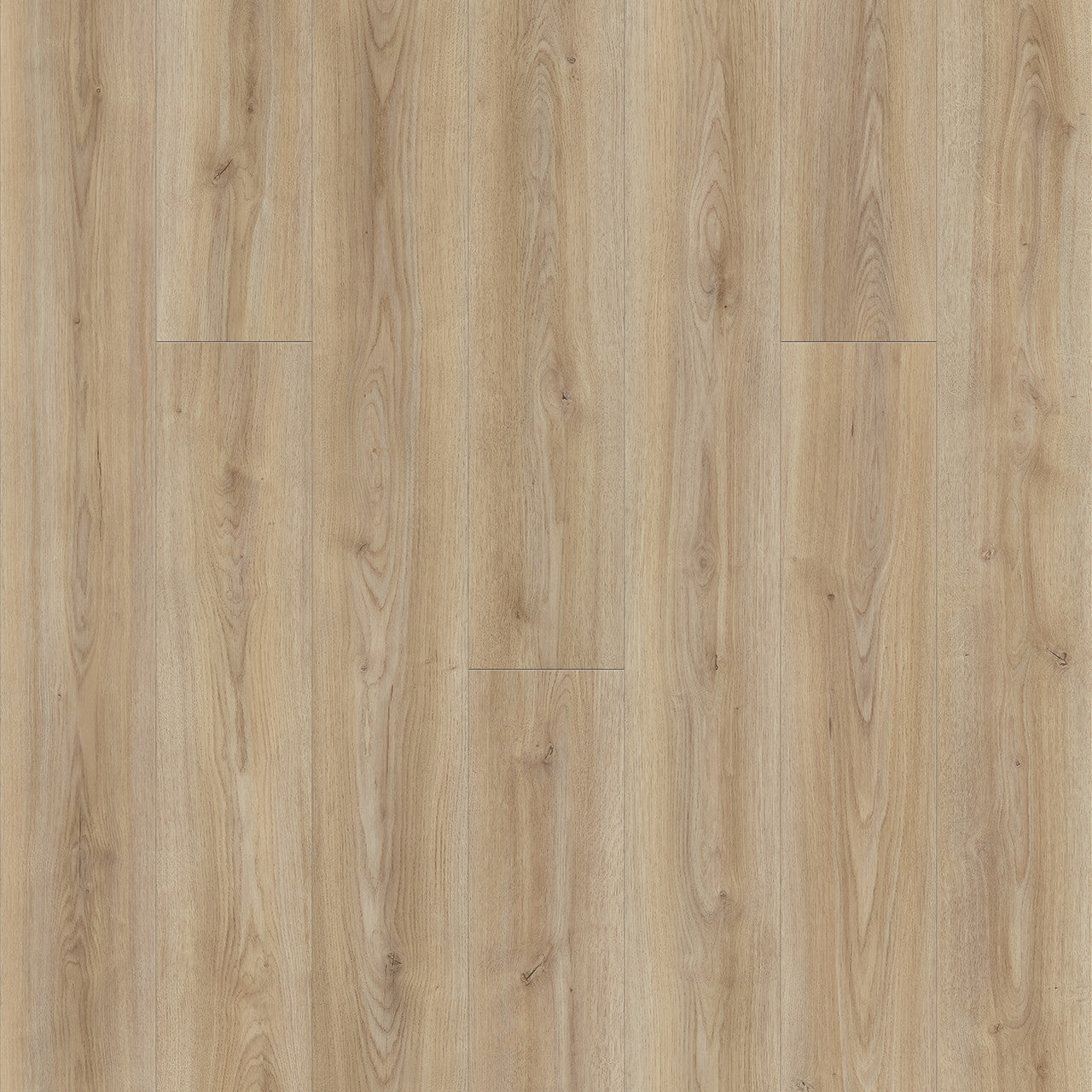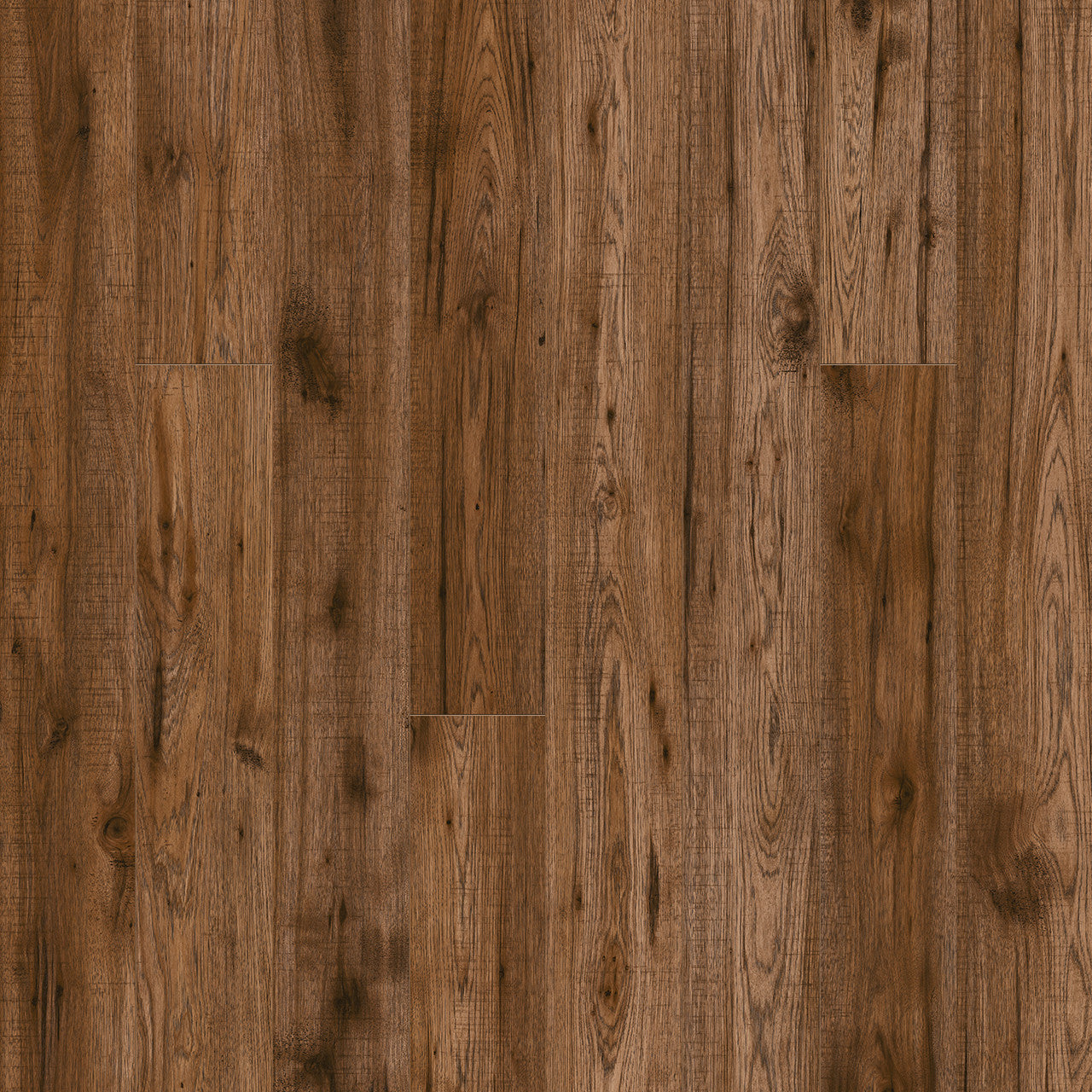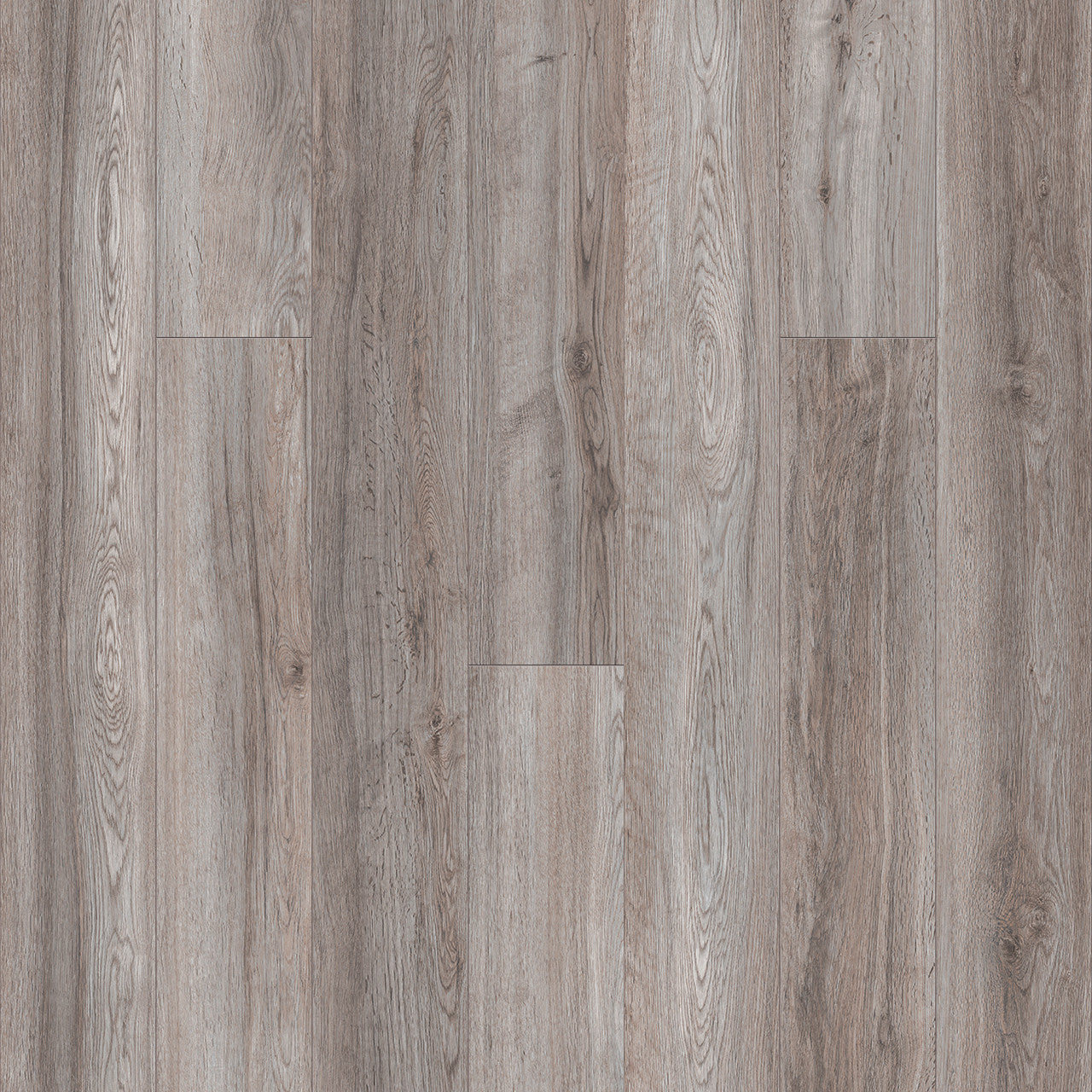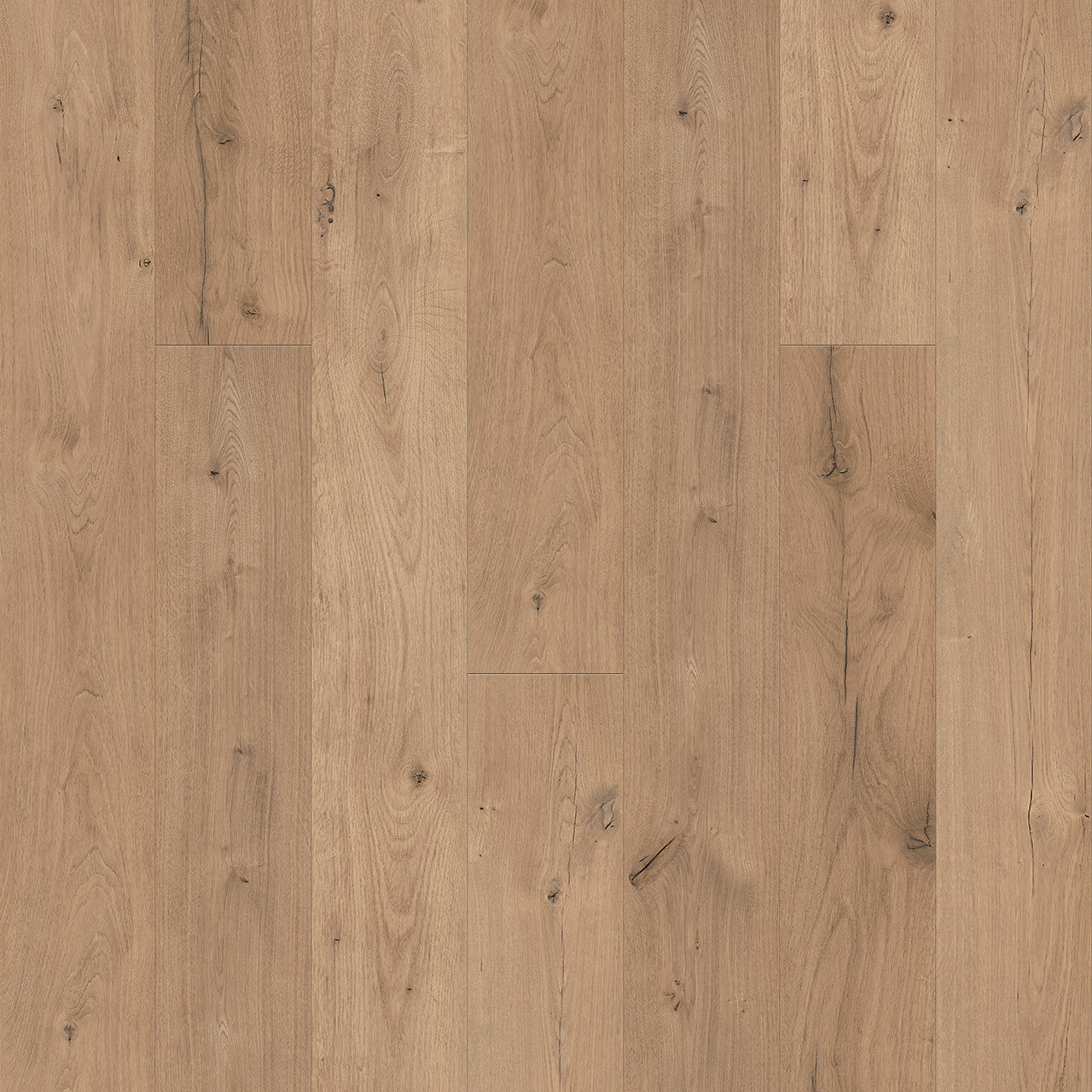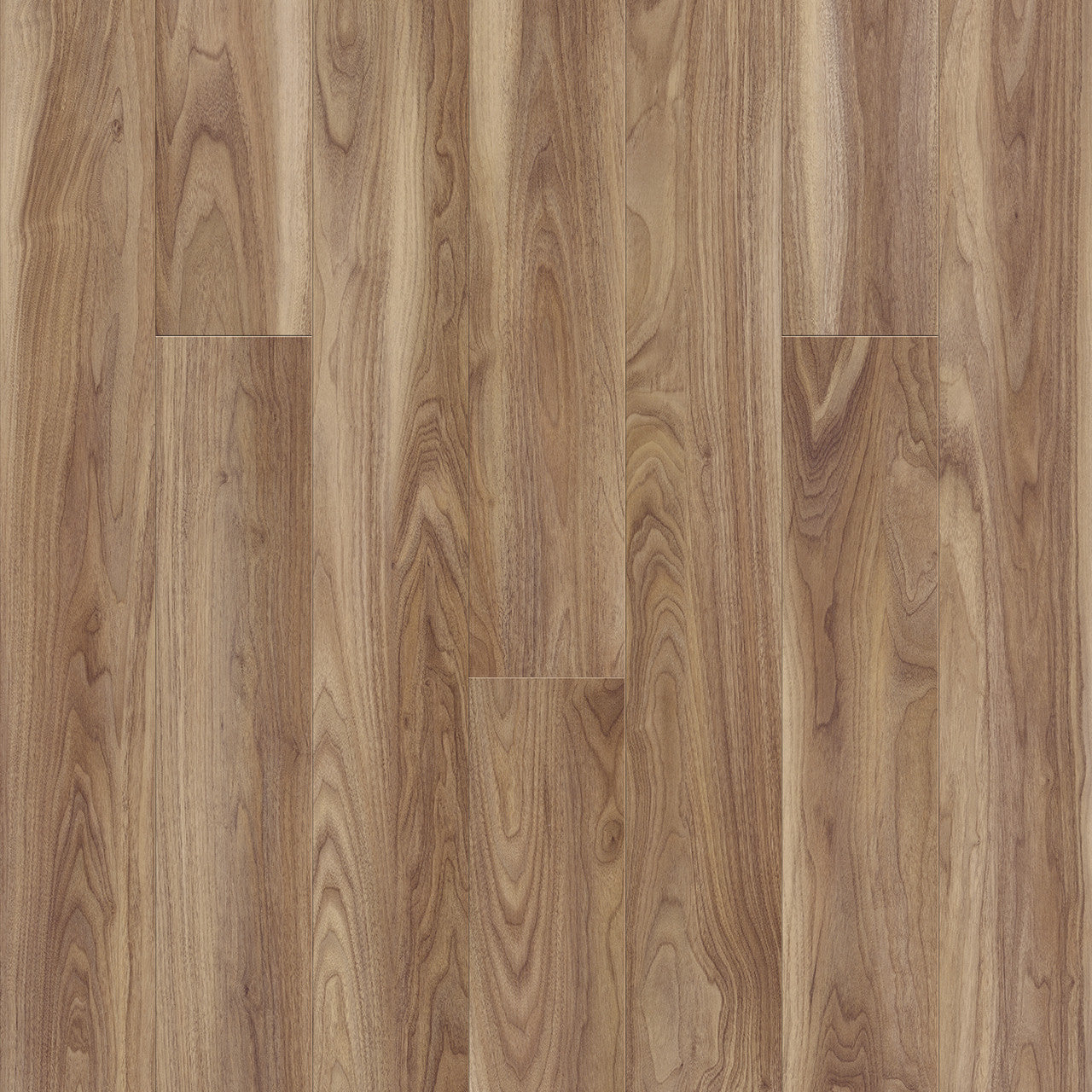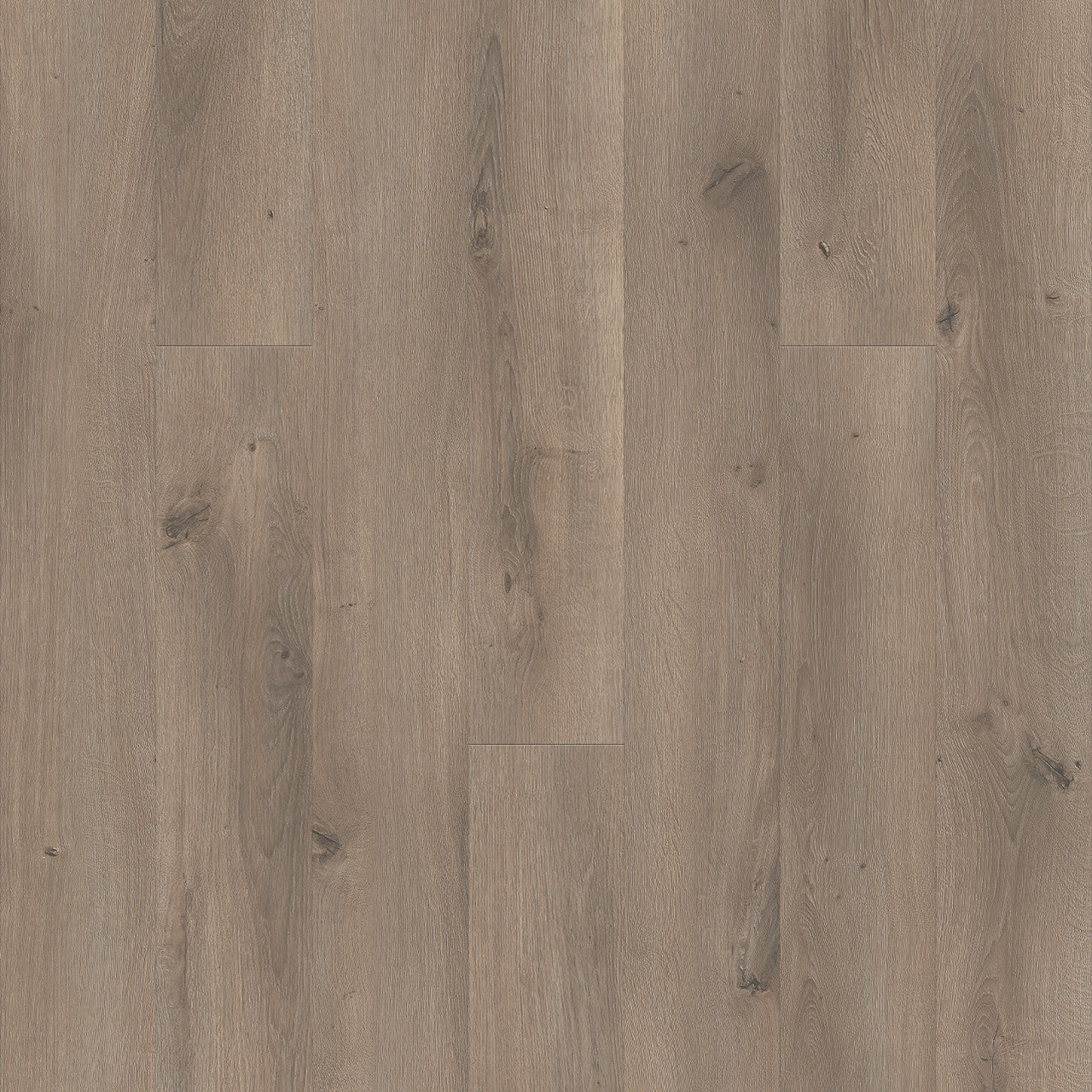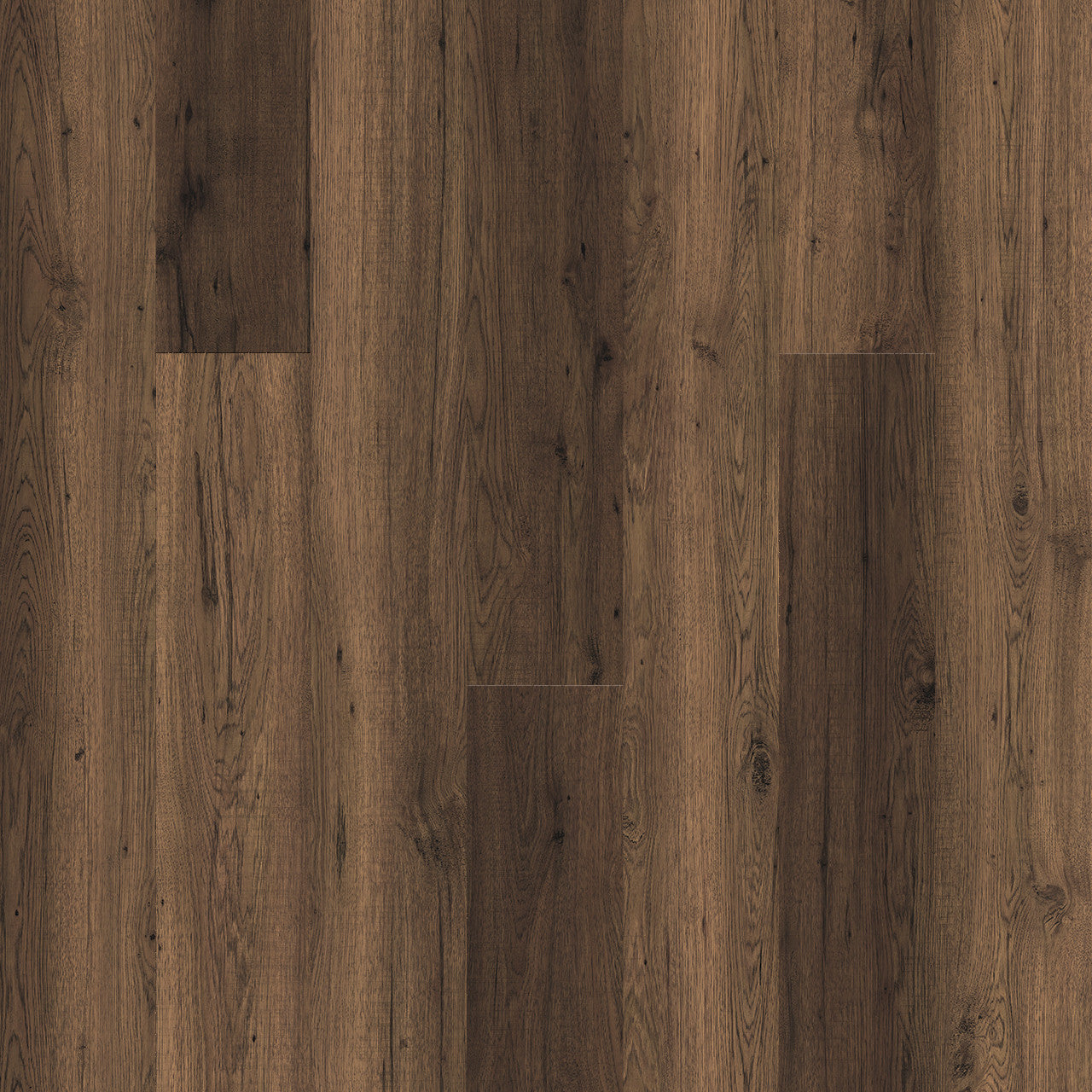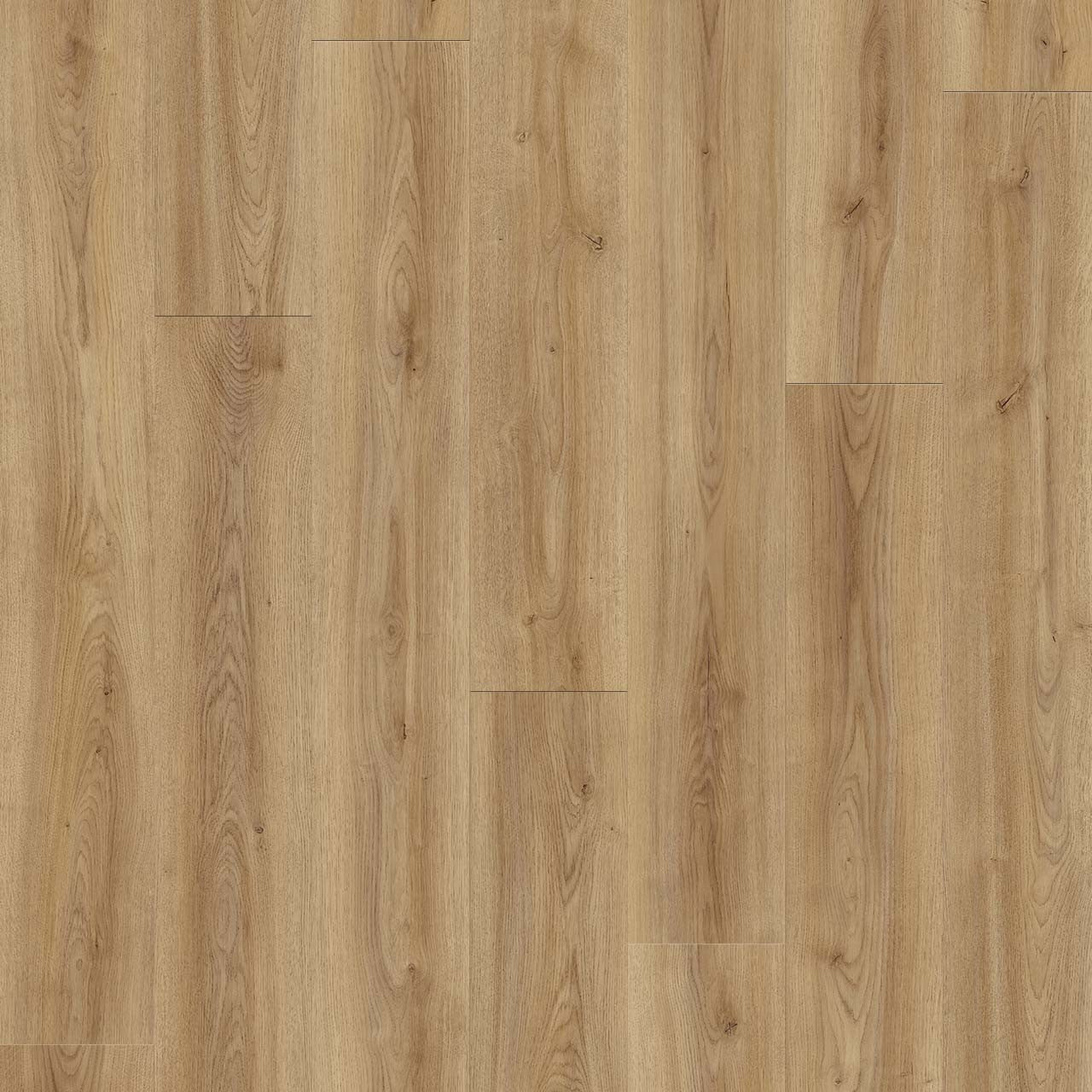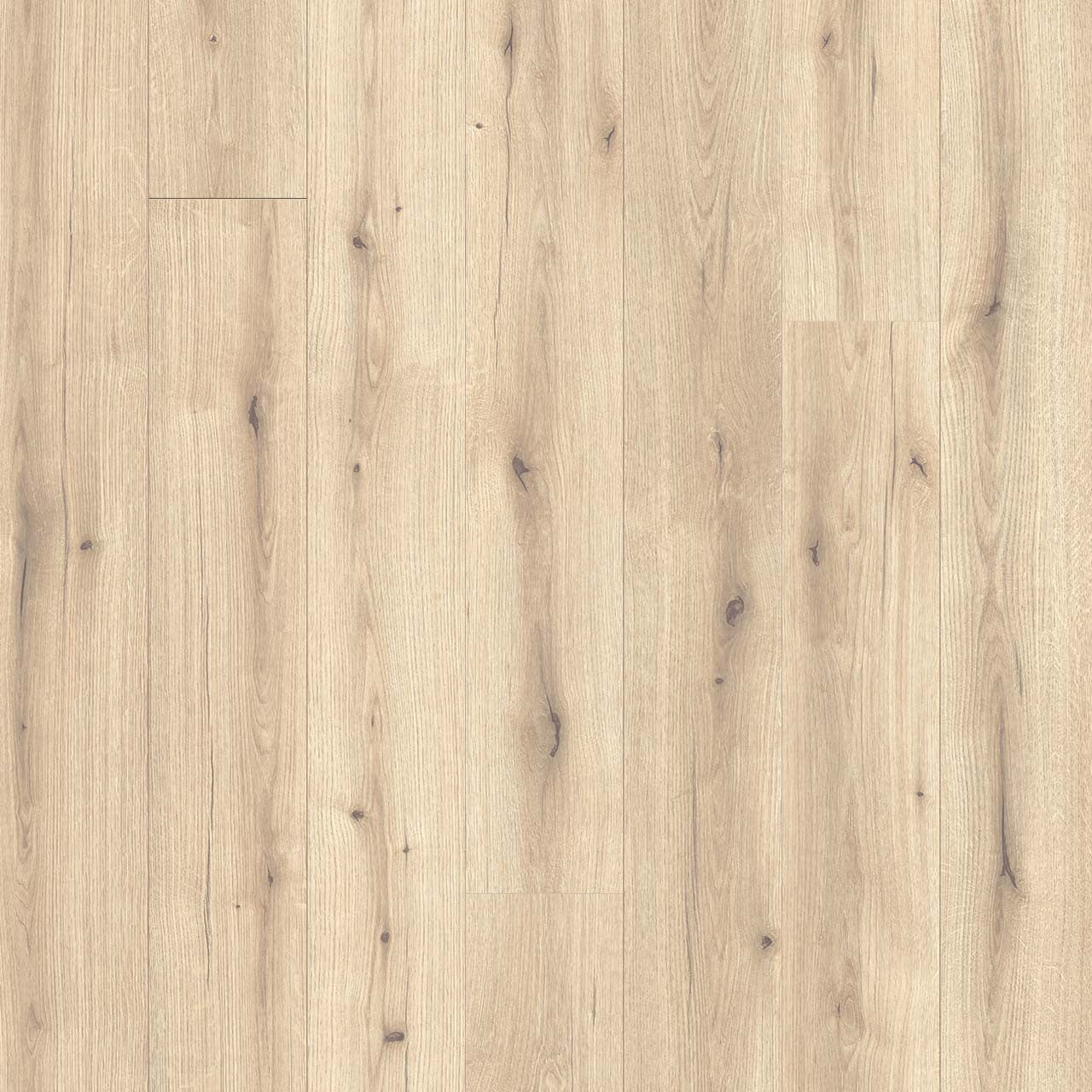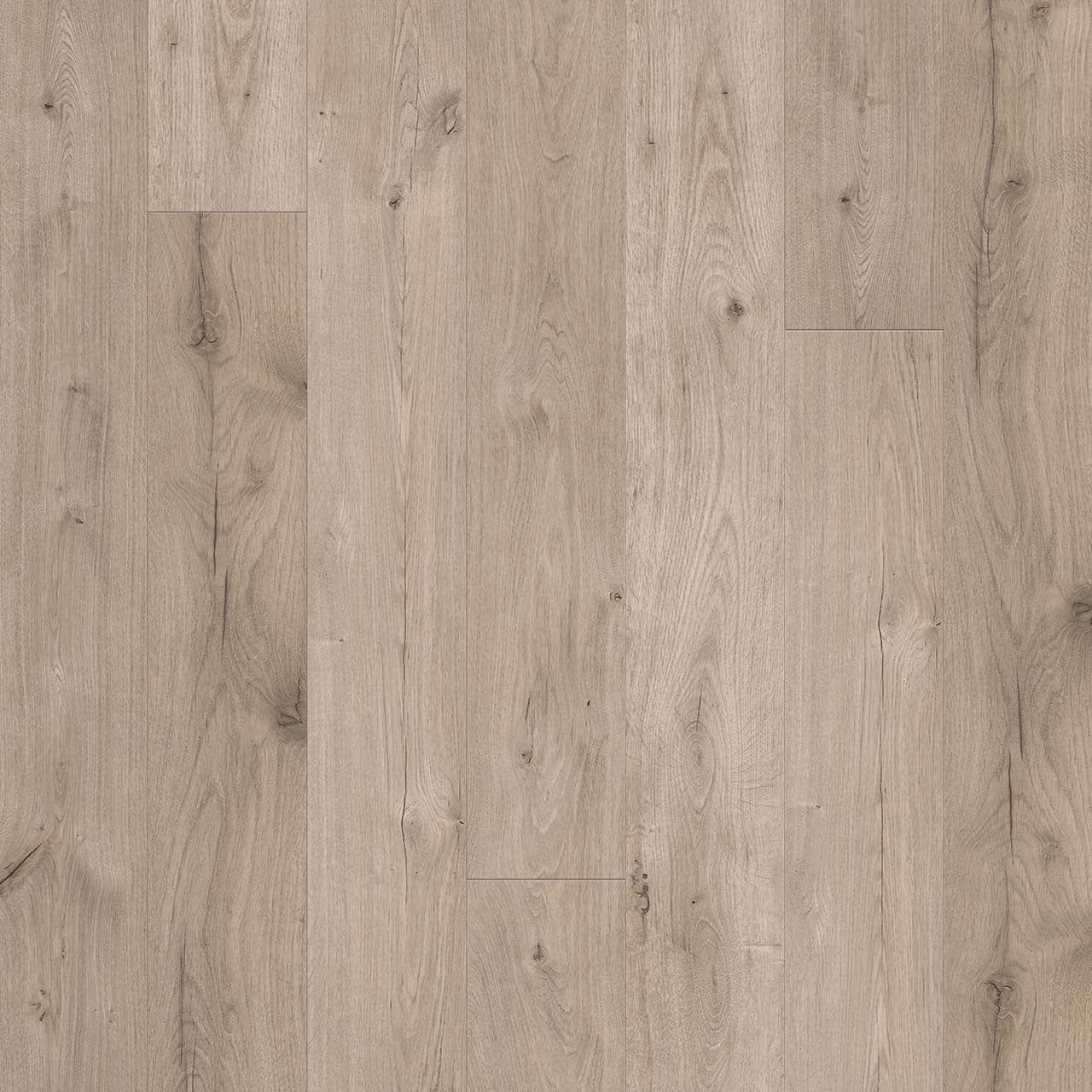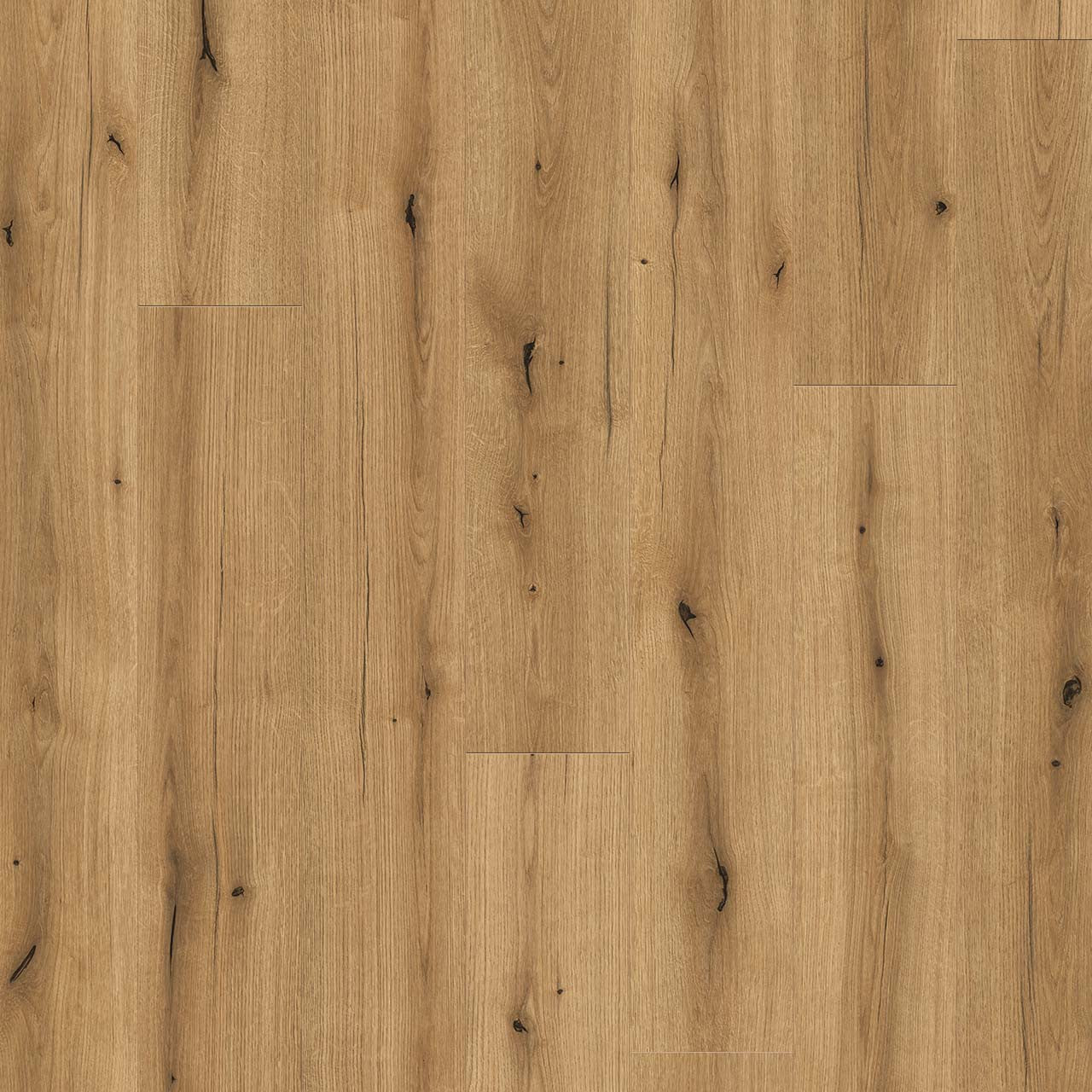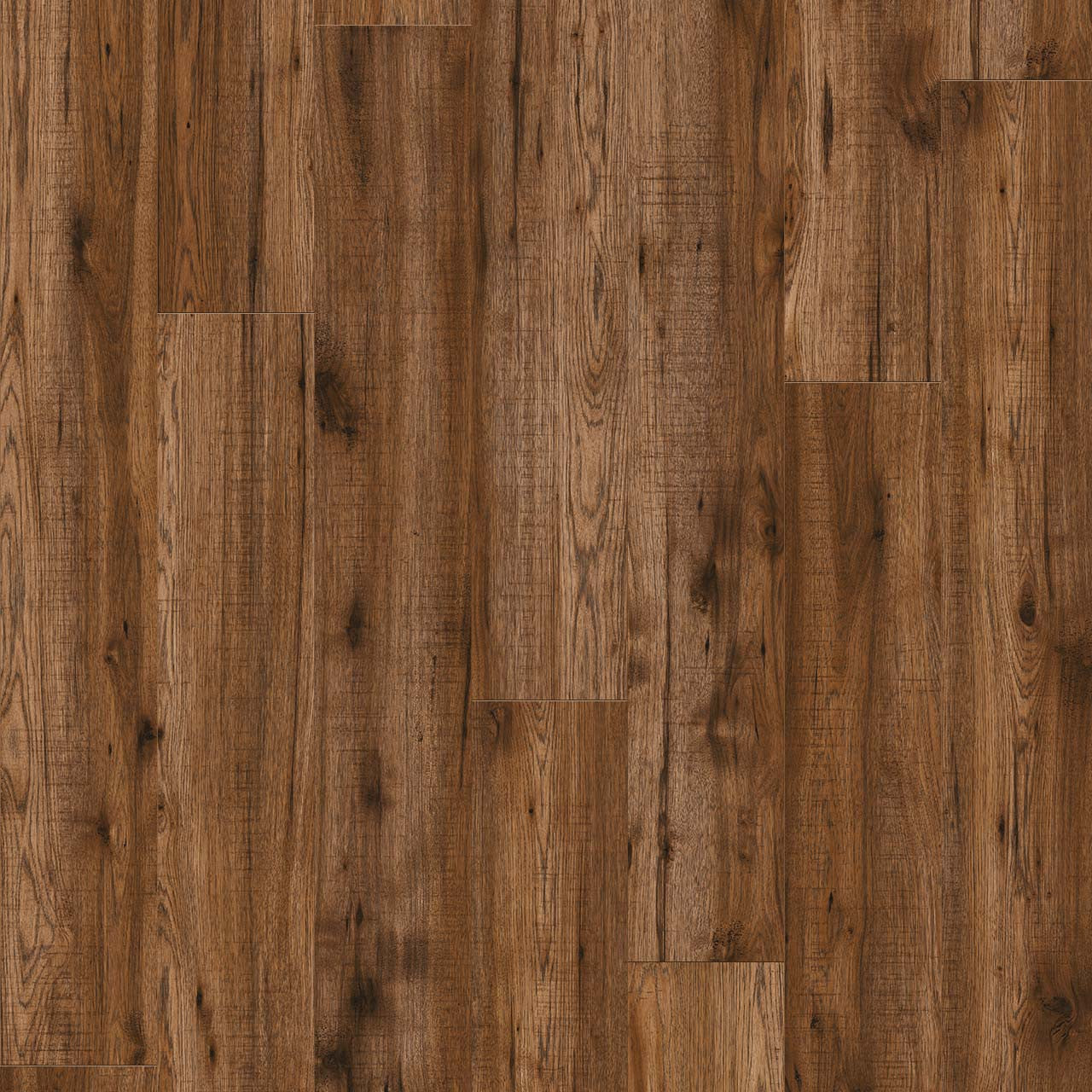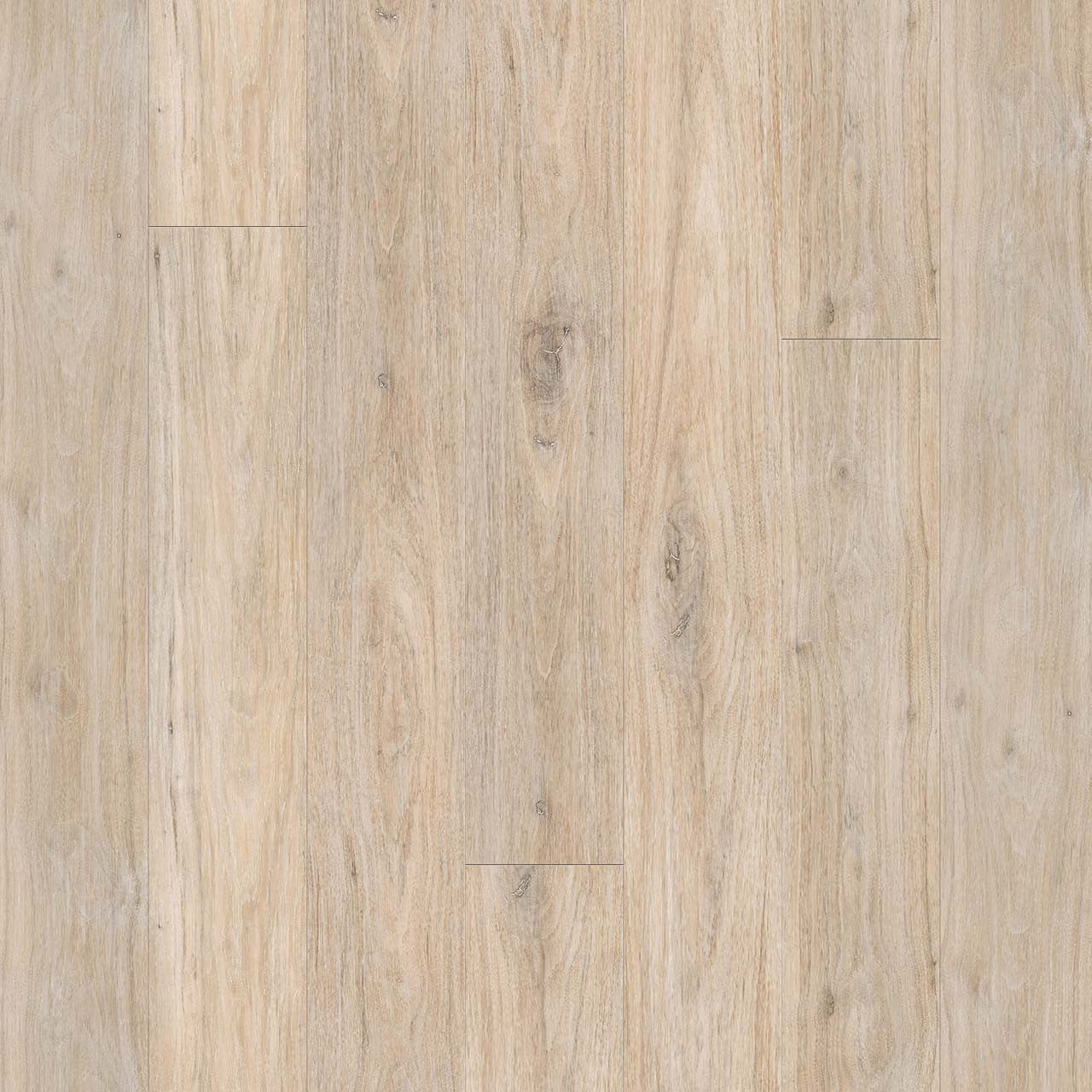Laminate Flooring
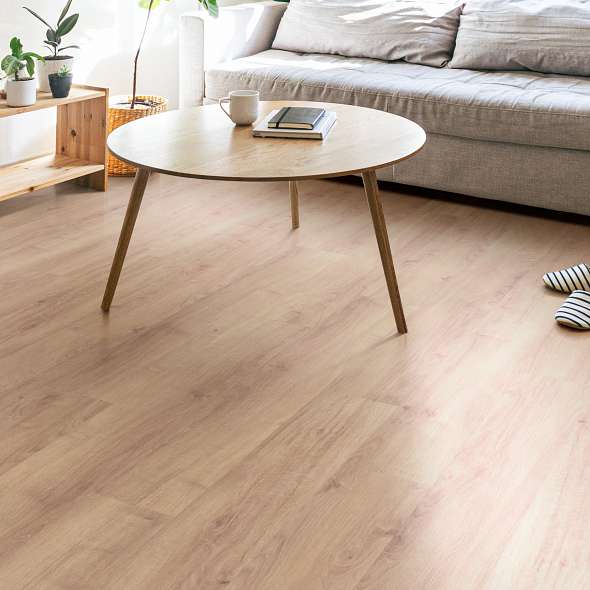
5 Reasons to Buy Laminate Flooring
There are several reasons why someone might choose to buy Mohawk laminate flooring:
-
Affordability: Laminate flooring is generally less expensive than hardwood or other types of flooring, making it a budget-friendly option for homeowners or renters.
-
Durability: Laminate flooring is designed to be durable and resist wear and tear, making it a good choice for high-traffic areas or homes with children and pets.
-
Easy Maintenance: Laminate flooring is relatively easy to clean and maintain. It doesn't require any special cleaning products or techniques and can be easily swept, vacuumed or damp-mopped.
-
Versatility: Laminate flooring comes in a wide variety of styles and designs, so it can be used to achieve a range of looks, from traditional to modern.
-
DIY Installation: Many types of laminate flooring are designed to be installed as a DIY project, which can save homeowners money on installation costs.
Overall, laminate flooring can be a practical and attractive choice for homeowners or renters looking for a budget-friendly, durable, and low-maintenance flooring option. Laminate wood flooring is a popular flooring trend for homeowners and commercial contractors.
Bedroom, Living Room, Dining Area, Kitchen
Laminate can go in just about any room or level in your home. Unlike some laminates that buckle, swell, or warp when exposed to water. Armstrong laminate flooring has an added layer of protection. If you are still looking for something a little more resistant to water damage then take a look at the all-new 100% waterproof flooring check out Armstrong Pryzm.
Residential
Laminate
Flooring
Laminate Wood Flooring Products have distinctive graining and authentic textures that make laminate flooring a smart alternative to hardwood. All of our products meet or exceed all environmental, health, and safety requirements, including formaldehyde emissions, of the U.S. federal government and applicable state regulatory agencies such as the California Air Resources Board.
Best Place to Buy Laminate Flooring Online
Also known as, a floating wood tile, laminate flooring is made of a multi-layer synthetic flooring solution fused together with a lamination process. At Floor City, our floor laminate products meet or exceed all environmental, health, and safety requirements, including formaldehyde emissions, of the U.S. federal government and applicable state regulatory agencies such as the California Air Resources Board.
For Stronger Laminate, Look at Commercial Grade Laminate Flooring
Commercial grade laminate wood floors are all flooring installation for easy DIY installs or Stone Plank to create a modern space. You can rest assured that our premium laminate floors are durable and made to last. It's also a great option if you have pets like dogs who tend to scratch real hardwood floors with their claws and nails. The stain resistance is similar to both residential and commercial but you will see a significant improvement in commercial durability with its ability to withstand heavy foot traffic. The dents that you might see in lower-grade woods or real hardwood should be less common in resilient laminate flooring.
How Much Extra Laminate Flooring Should You Buy?
When you're ready to replace your flooring, you need to put in an order for the right amount. If you're planning to use laminate, that means adding a little extra to your purchase: an additional percentage added to the exact measurement of the flooring you need. Many homeowners, however, struggle to determine exactly how much they need.
Why Order Extra?
When it comes to laminate flooring, you can't just measure the size of the room and then decide to order the exact amount of flooring you need. As you put together your room, you'll need to cut off extra laminate at the ends of pieces that don't quite fit the exact measurements of the room. As a result, you may end up with some waste left over at the end of your project. Generally, you should include waste calculations in your calculation of how much laminate you should order. Always order the entire amount that you think you need, including extra for waste, at the start of your project. This accomplishes several things:
- You can be sure of consistency within the lot. While laminate flooring usually has few differences between one lot and the next, you may notice some differences--and you'd rather have a room with a consistent appearance.
- Ordering extra for waste prevents delays. If you don't order enough flooring in the first place, you may find yourself waiting around for more to come in. This can mean wasted time for your contractor or even result in your project getting pushed back, since the contractor may need to work on other projects while waiting for your materials to come in.
How Much Extra Should I Order?
When you place your laminate order, allow an additional 5-15% of your initial flooring measurement to account for waste. If the room is relatively simple--a square with no extra corners or features in the middle of the room that you need to work around--you can probably get away with 5% waste, especially with an experienced contractor installing your flooring. On the other hand, if you have a complicated room--or if the room is particularly small--you may need to go as high as 15% waste.
What If the Box Doesn't Come with the Right Measurement?
You need an extra 25 square feet of flooring, but each box only comes with 20 square feet. Can you get away with not ordering that extra five square feet of flooring, or should you take the plunge and order the extra box?
Short answer? Ordering the extra box has a number of benefits.
When it comes to flooring, too much is always better than too little. If you don't need to use all of the extra flooring you ordered when you install it, you can set the laminate flooring to the side, ideally in an area climate-controlled approximately the same way as the room where the flooring is installed. Then, if there is damage to the laminate in the future, you can easily use the extra flooring to make repairs--and it will be a better match for your existing flooring than if you try to buy a new batch.
On the other hand, if you're working with an experienced contractor in a relatively simple room, you may be able to get by without buying that extra box--especially if you're on a tight budget. Before making a decision to leave that extra box sitting on the shelf--virtual or otherwise--talk with your contractor about how much waste laminate they feel they will need for your room. Talking with your contractor can also give you a better idea of how much waste laminate they expect to need in general, which can help you make better buying choices.
Is it Easy to Install Laminate Flooring?
Yes, when it comes to flooring installation; it doesn't get much easier than laminate wood flooring installation. Installing laminate planks does require a few tools like a saw and a hammer but other than cutting the boards it really doesn't require a professional installer. We do recommend if you have it in your budget to hire a laminate flooring installer in your area. However, if you can't afford to pay several dollars per square foot for a pro to install your new floors then don't worry you can easily do it yourself.
Laminate Installation Tips
- Make sure to acclimate the floor for at least 48 hours
- All baseboard molding must first be removed prior to installation
- Apply an underlayment to deaden sounds and make the floor more resilient
- Plan your layout and cut the first row lengthwise to decide the direction of the planks
- Always leave an expansion gap or wedge of 1/4" inch for wood flooring
How to Decide Which Way to Lay Laminate Flooring
There is no one right direction to lay laminate flooring. Each home and each space has its own distinctive characteristics, such as size, decor, and lighting. Deciding which way to lay laminate flooring depends on those characteristics. Below you can find information on common ways to lay your flooring, different types of patterns, and tips on avoiding laminate flooring installation fails. Google Images and Pinterest serve as great resources, too, if you are stuck or need some more ideas.
Common Ways to Lay Laminate Flooring
In the vast majority of cases, you will run your laminate flooring straight through from the front door to the back door. This creates a cohesive look that complements most spaces, typically resulting in running the floor parallel with the longest walls. Not only does this approach typically save you money, but it creates good energy flow in your home. One of the most basic principles of feng shui for the home is that the front door is the main portal for energy (chi) to enter the home. Running your laminate from the front door to the back door lets the chi run throughout your home.
One exception to the front-to-back rule comes into play when you have already existing wood or laminate floors. If you try to match a new area with an old area, it won't typically match well. In this case, you may choose to purposely install the new flooring perpendicular to the existing flooring.
Introducing Patterns to Your Laminate Flooring
Deviating from laying your laminate flooring from front to back will happen when your space to too small or awkwardly shaped to allow it. This is an opportunity to introduce a pattern into your flooring. You may also want to do a border or a special inlay which includes a pattern, referred to as parquet. Depending on your design aesthetic and personal taste, you can choose to install modern or classic wood floor patterns with your laminate flooring. You can do classic parquet laminate floors which include alternating squares of laminate boards, which look like individual tiles made of wood. Modern parquet patterns include chevron, herringbone, and hexagons.
Avoid Laminate Flooring Fails
Although laminate flooring isn't real wood, it's durable, and cost-effective, and difficult to tell whether it's real wood or not when using good products. Laminate wood floors are meant to look like wood, so they need to be staggered. One of the biggest laminate flooring installation fails is using full planks without cutting them; you need different size cuts to stagger the boards, so they look natural. This also creates stability in the floor, too. Some other laminate flooring fails to watch out for include:
- Faulty subfloor. You need to take time to make sure your subfloor is level before installing any laminate flooring, with or without a pattern. If you put down the floor over an uneven subfloor, your laminate floor will also be uneven.
- Using bad planks. Make sure to inspect each one of your laminate planks for defects. Bubbles and bumps in the wood can create problems down the road and they don't look so nice when your new floor is complete.
- Not leaving proper gaps. In small rooms, you must leave about a 1/4 inch around the edges to allow for the laminate floor to expand and contract with climate. Larger areas and hallways require a 1/2-inch gap. Without the proper space, it's likely your laminate floor will buckle.
Shop Floor City for all of your laminate flooring needs. We carry a wide variety of Armstrong residential flooring beginning at an affordable $2.29 per square foot.



